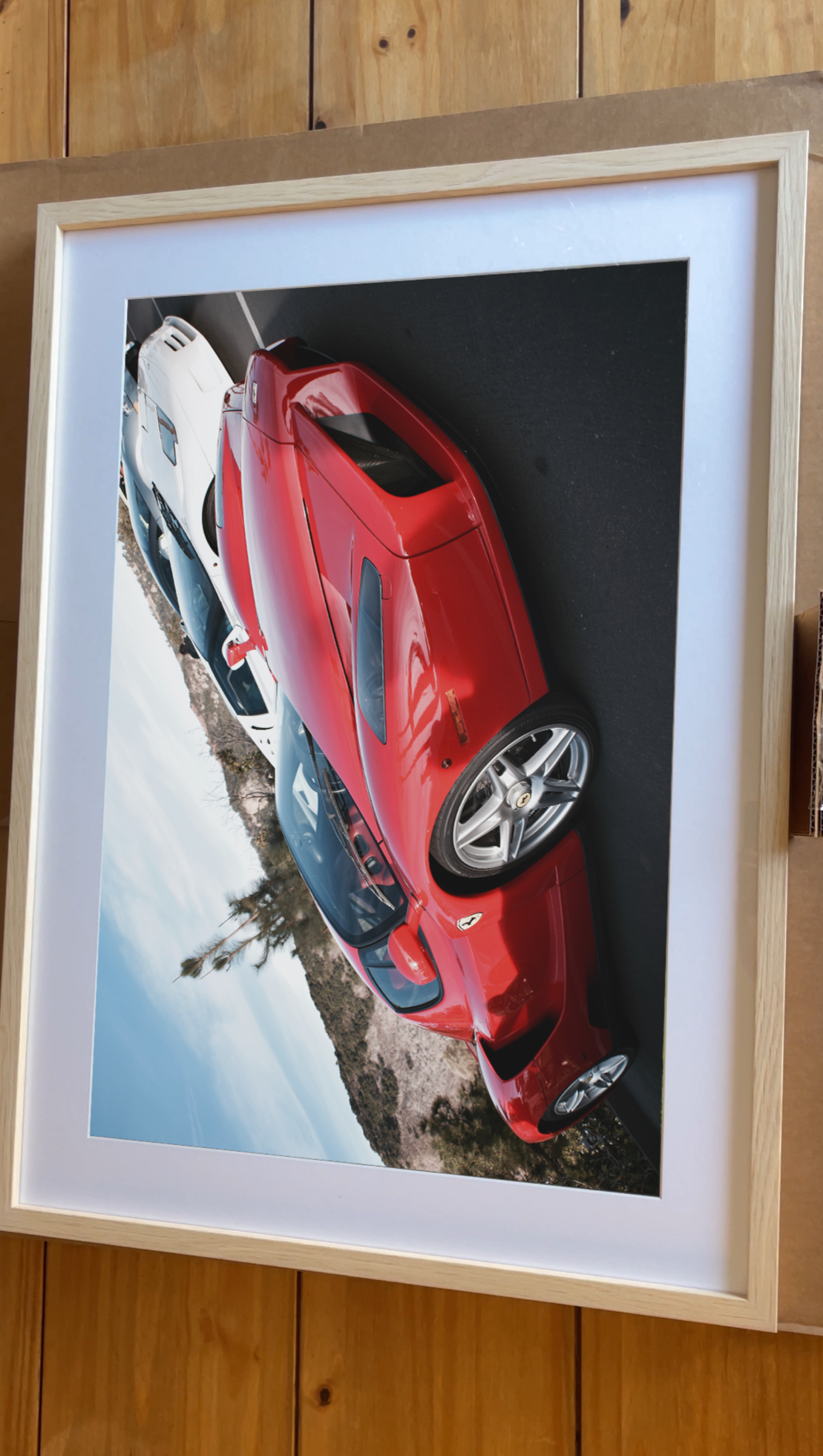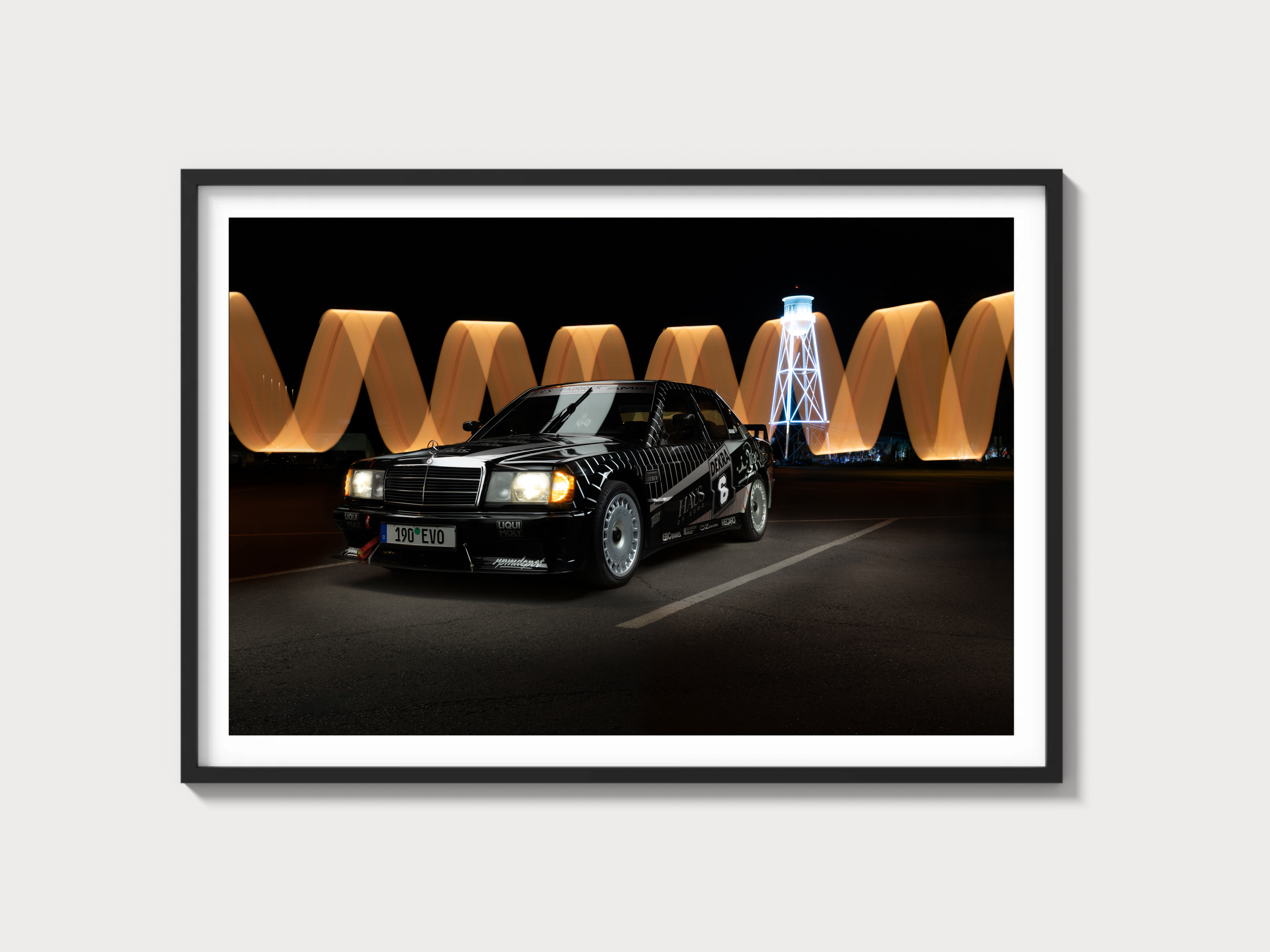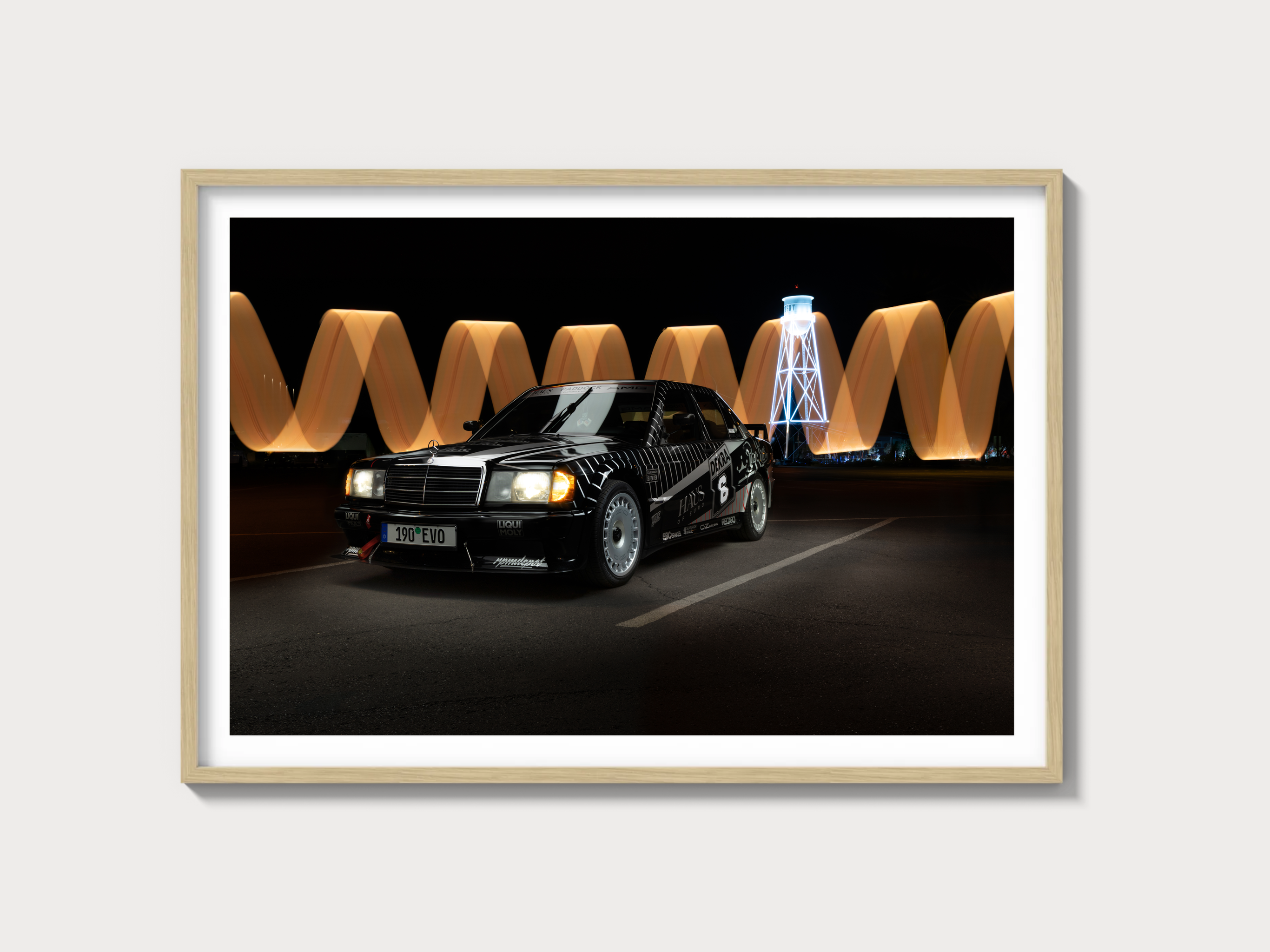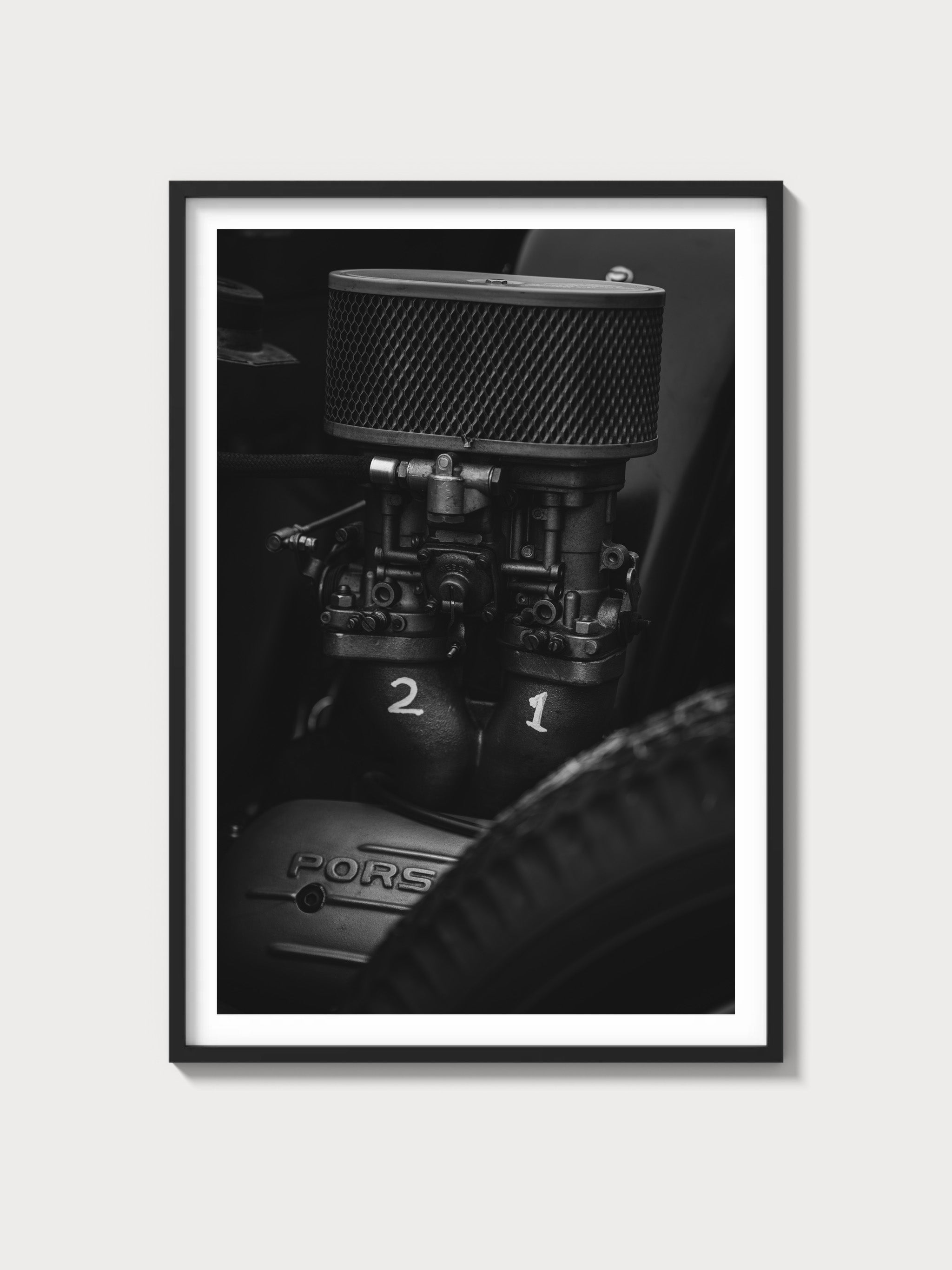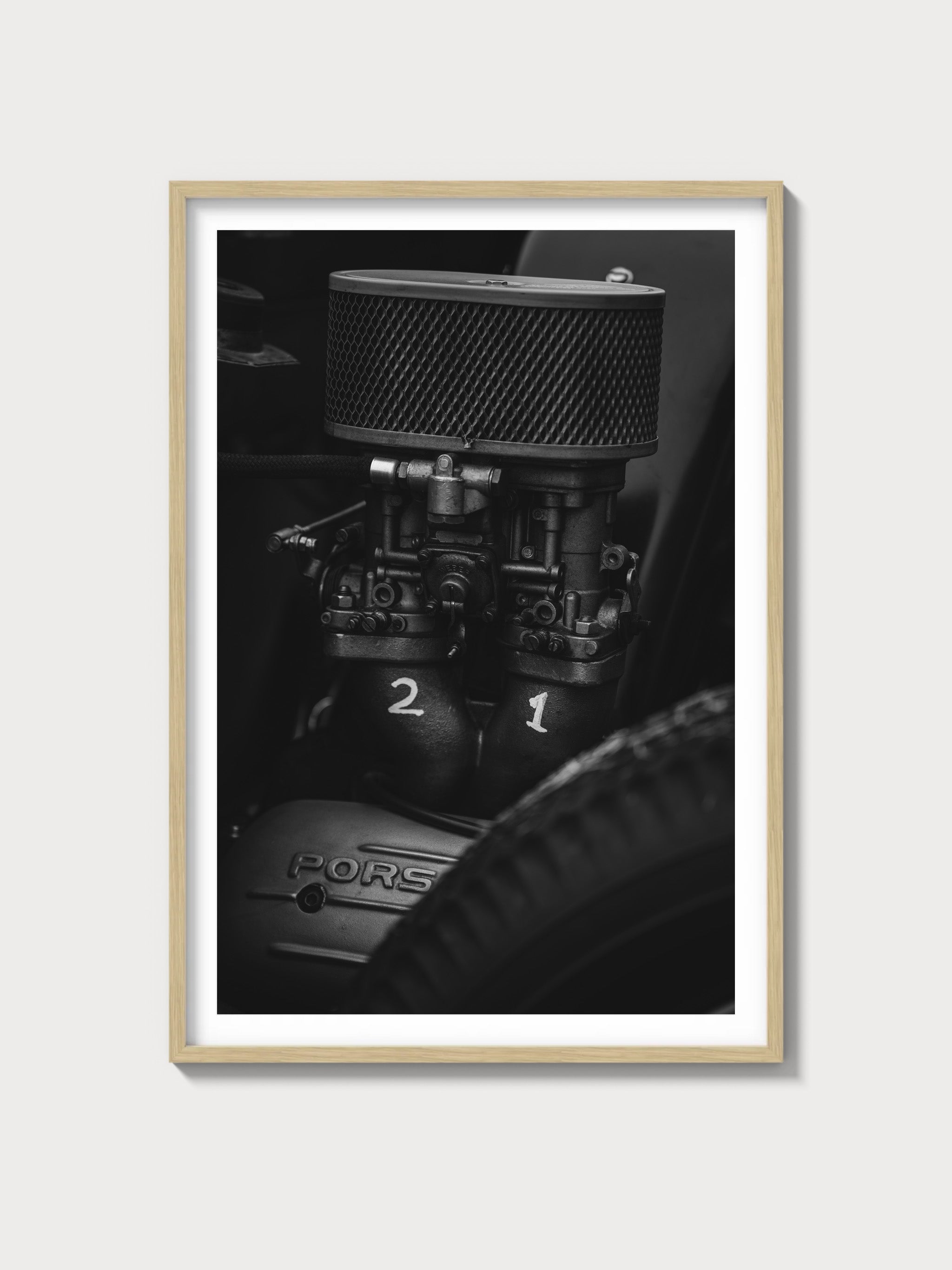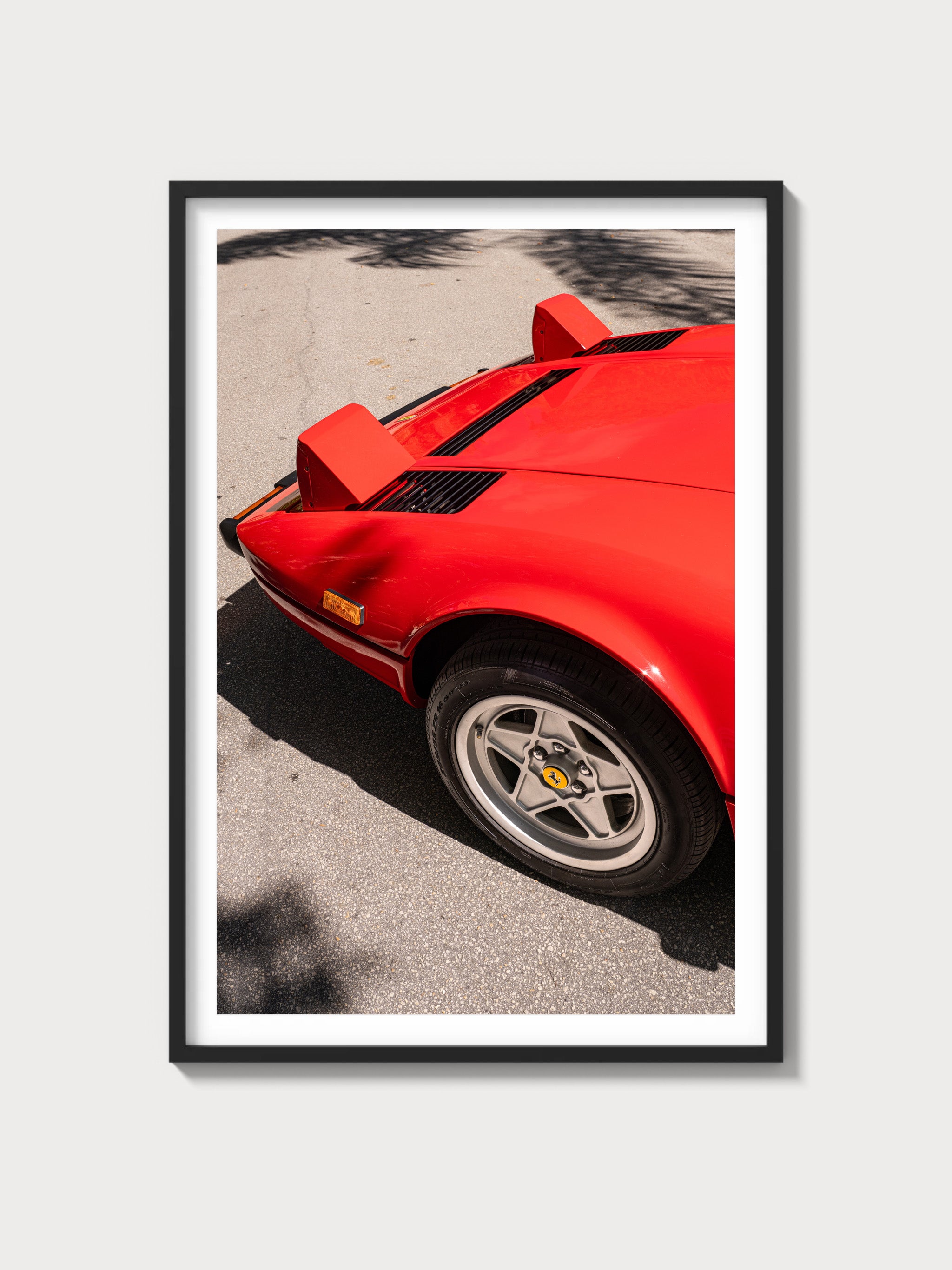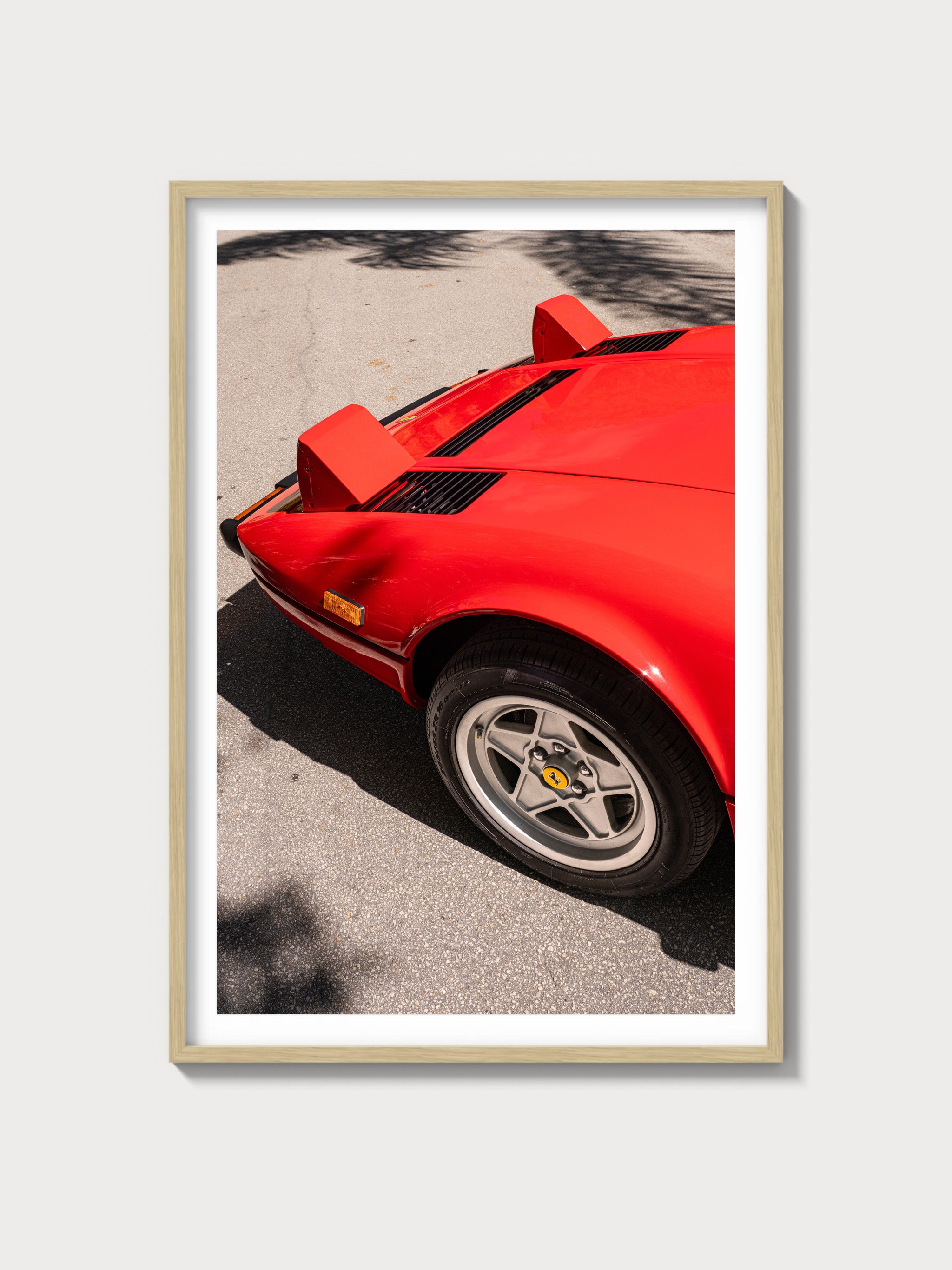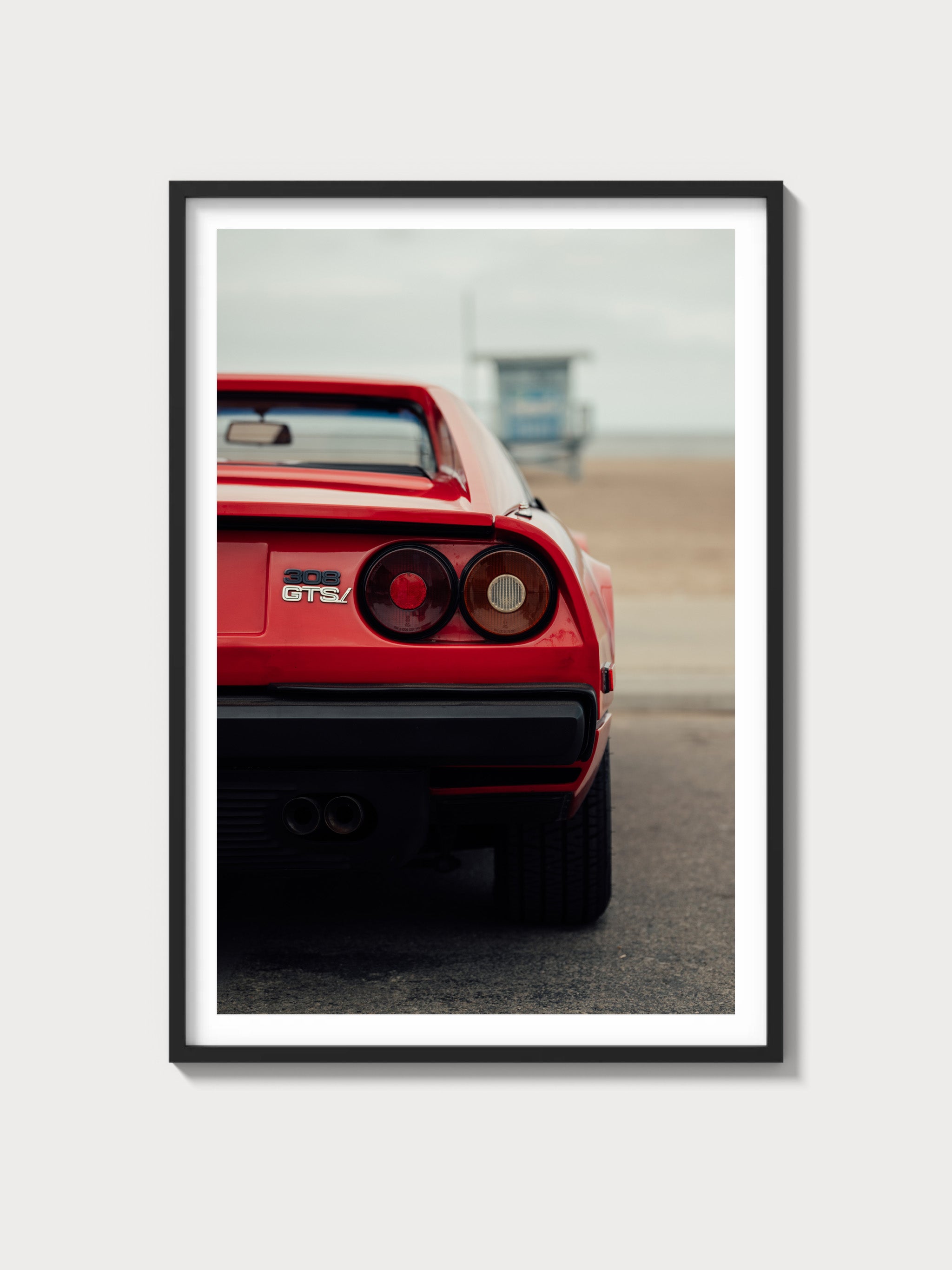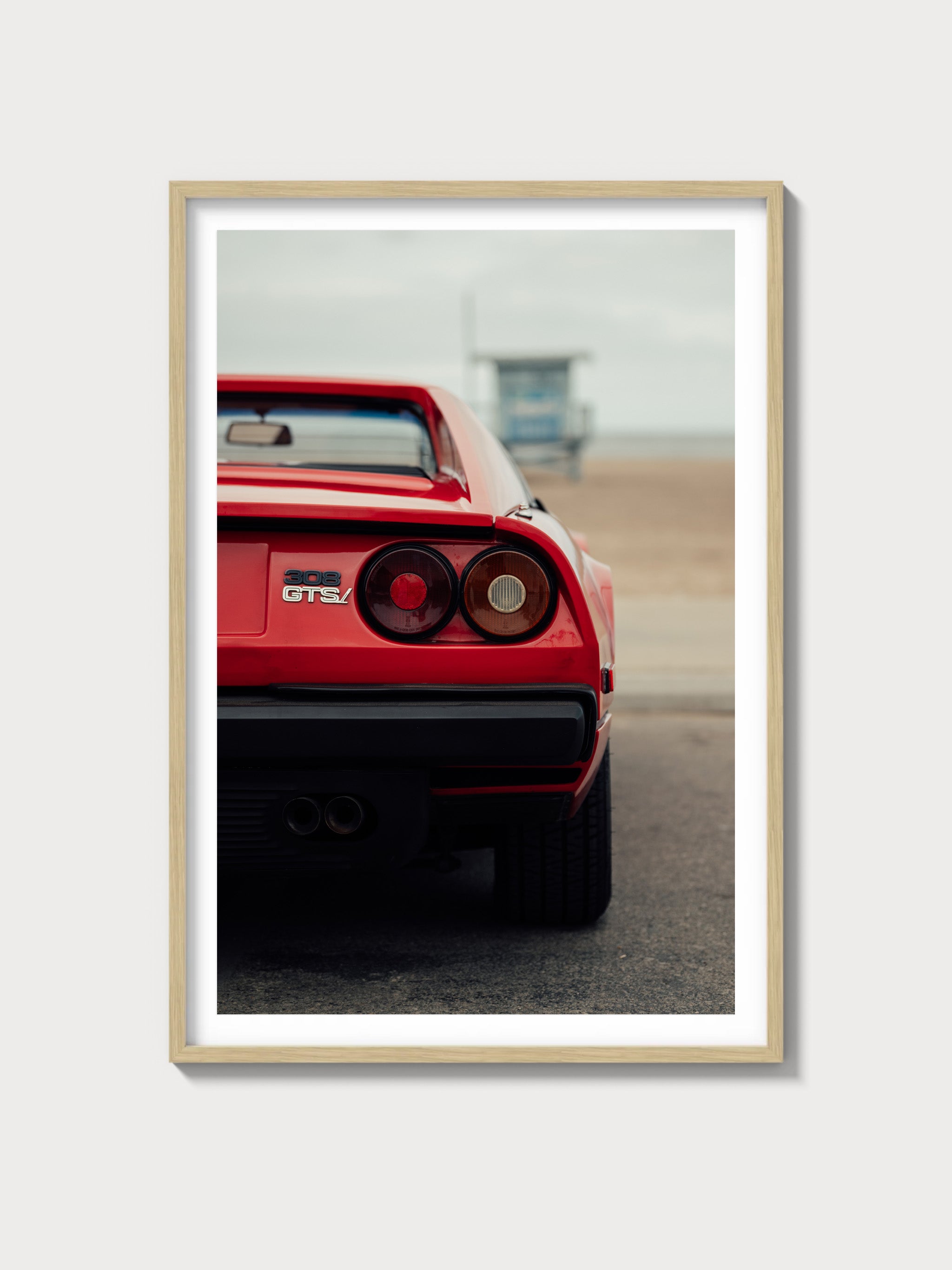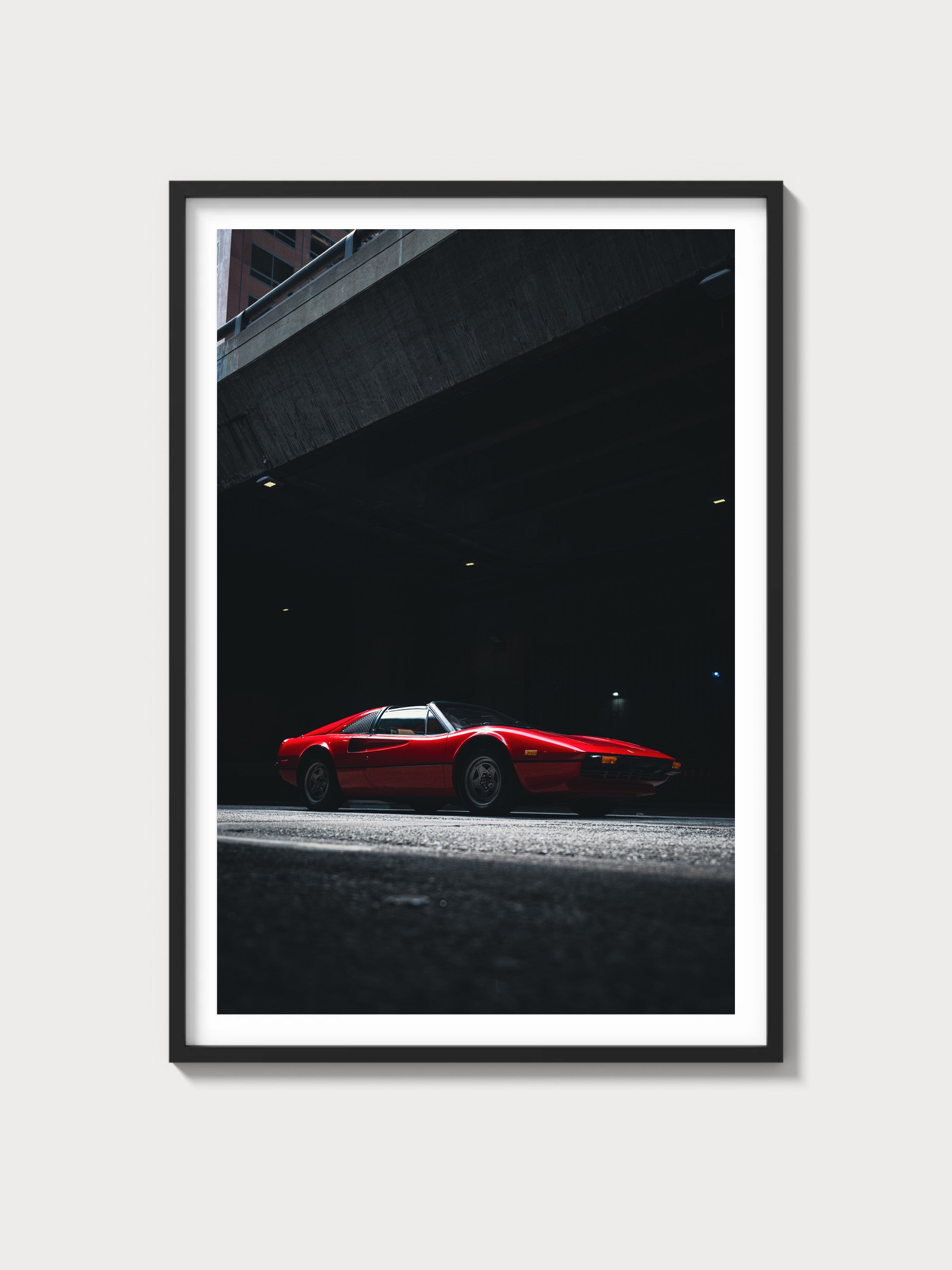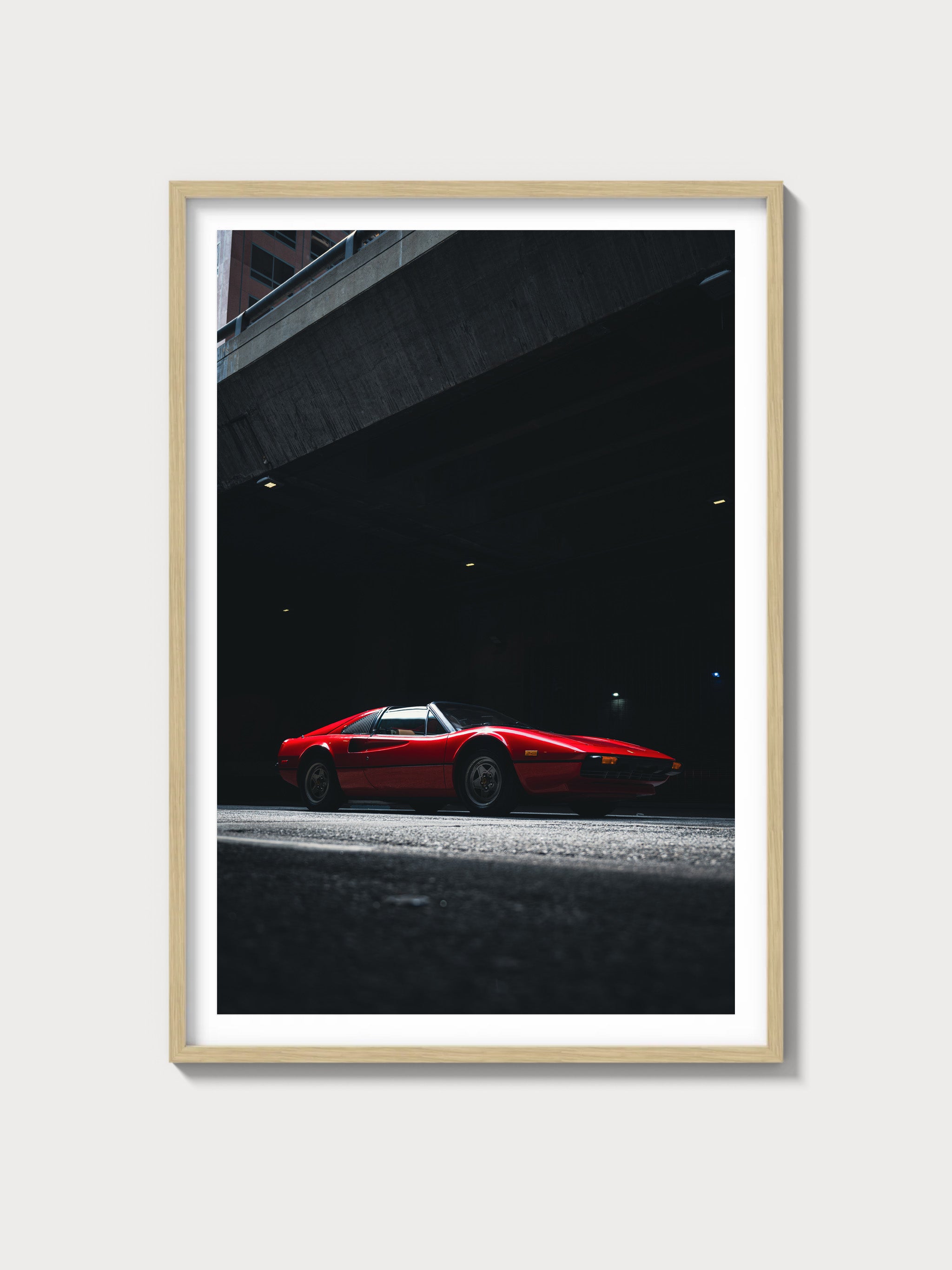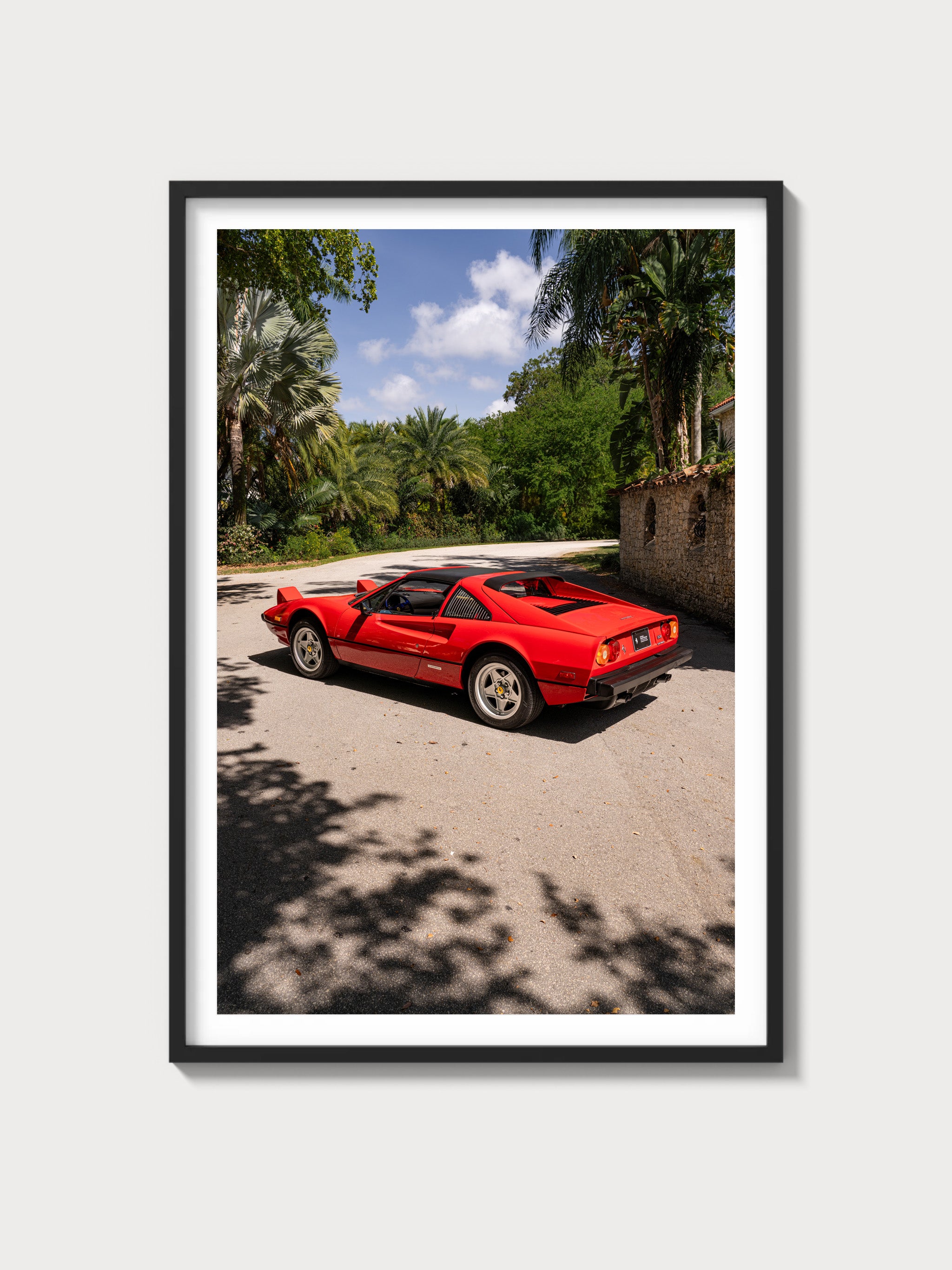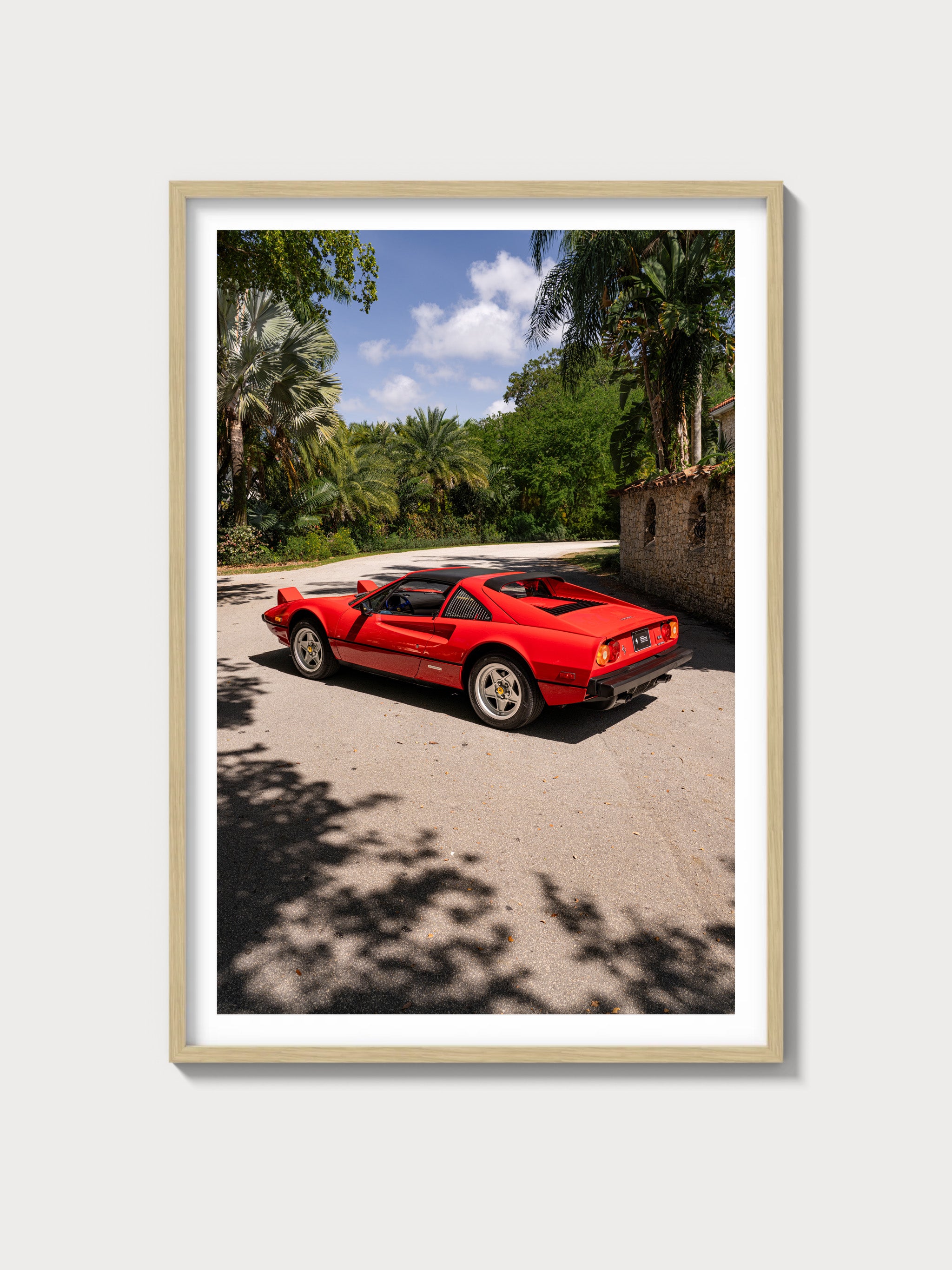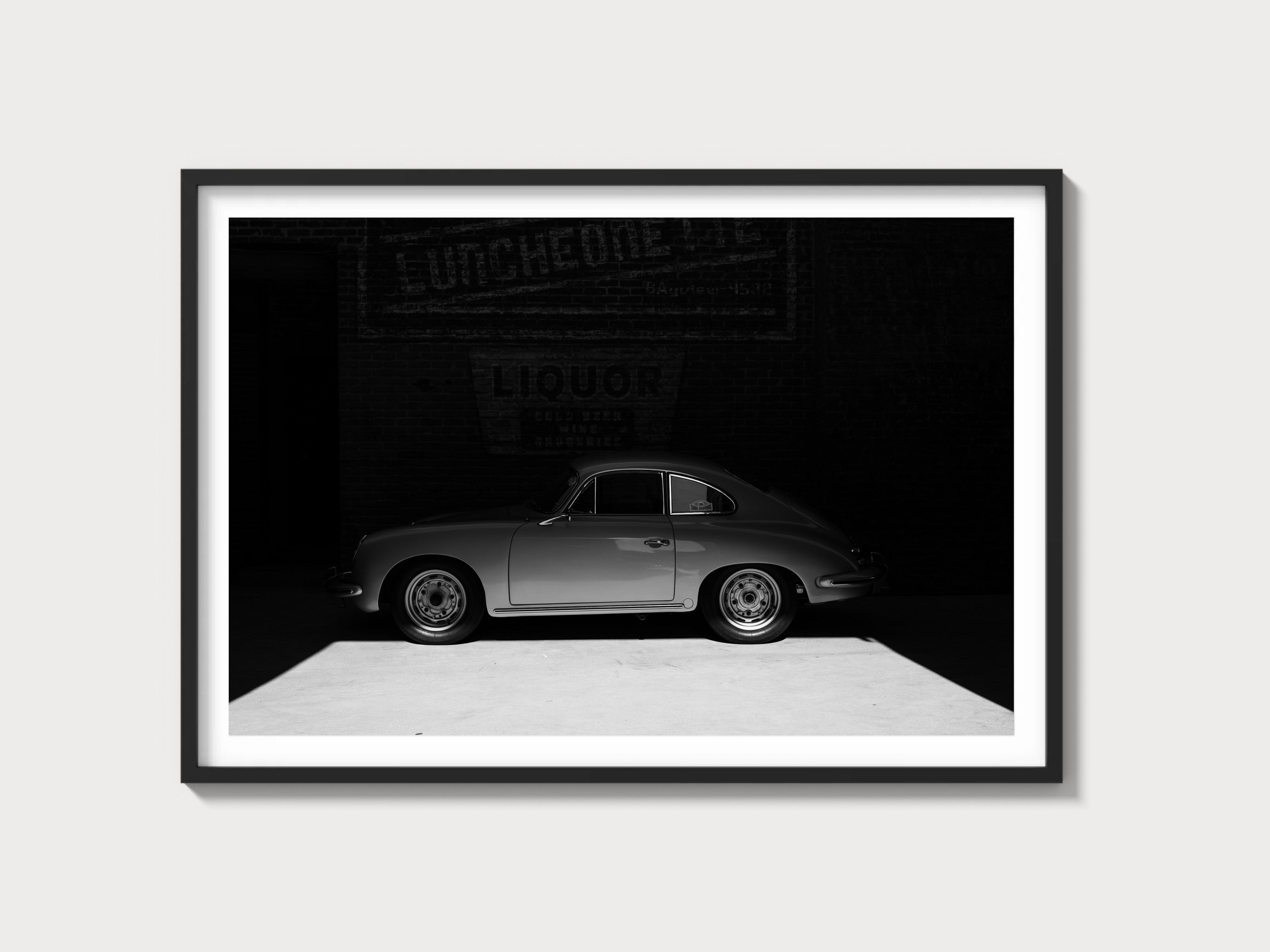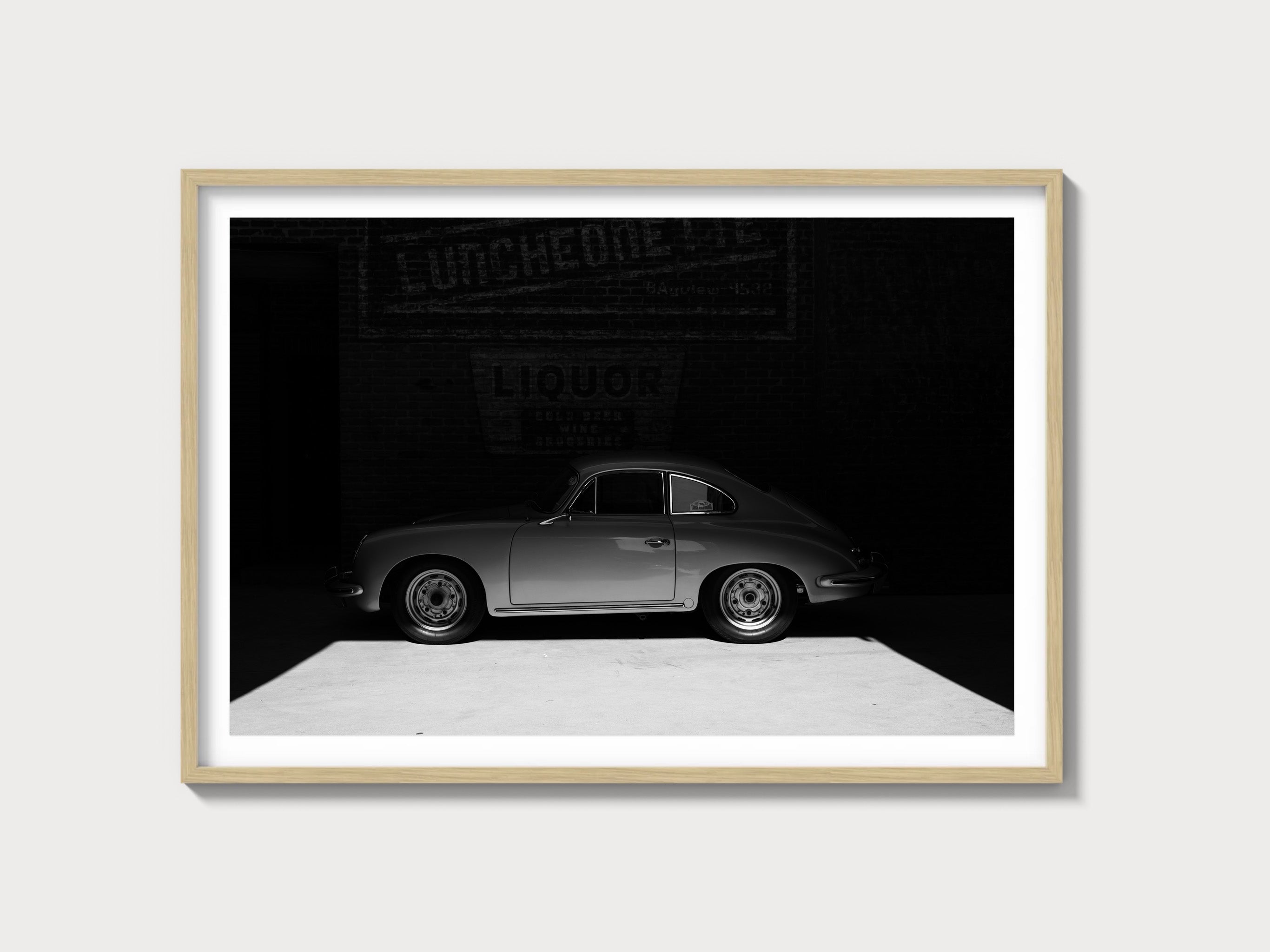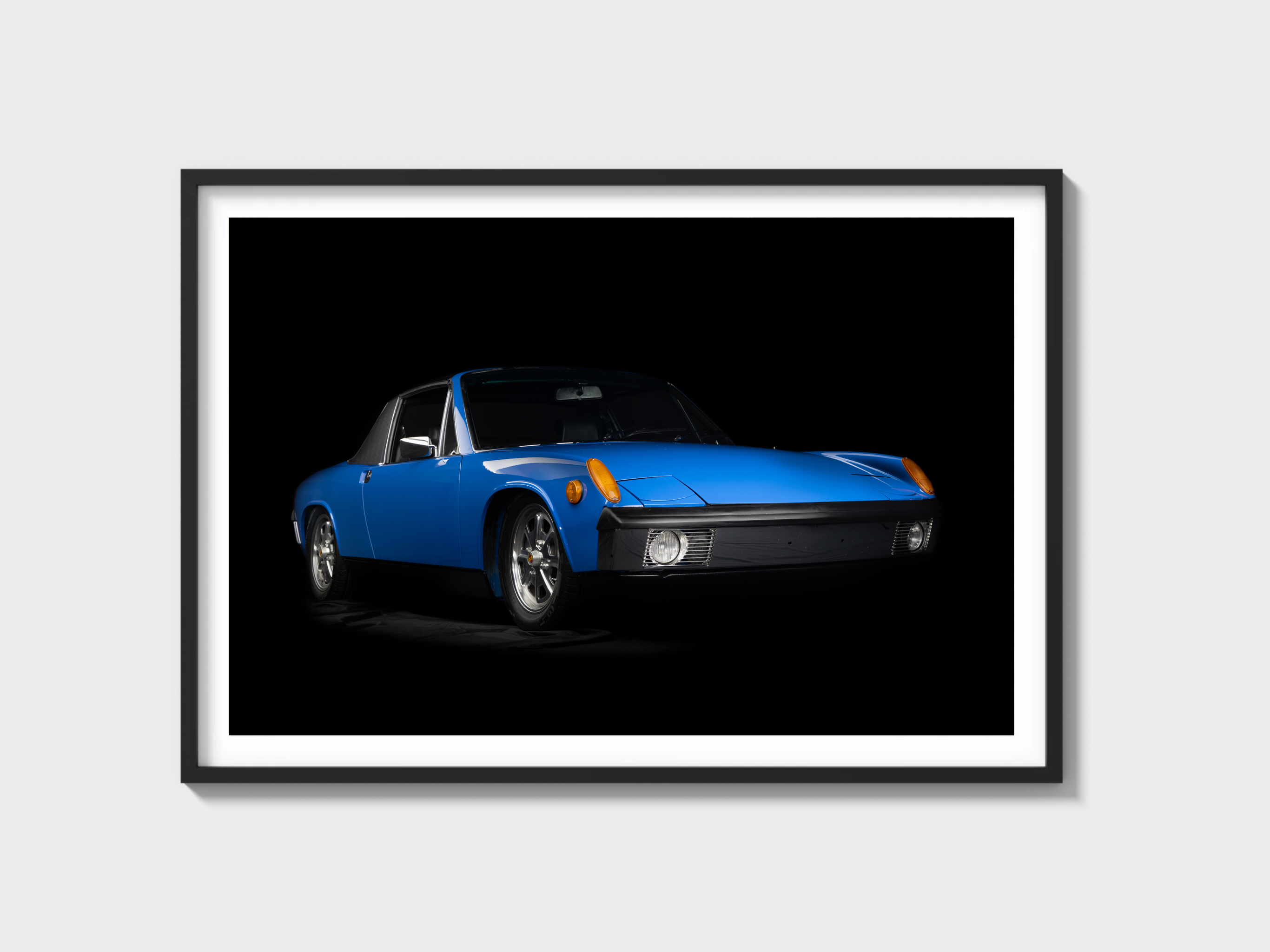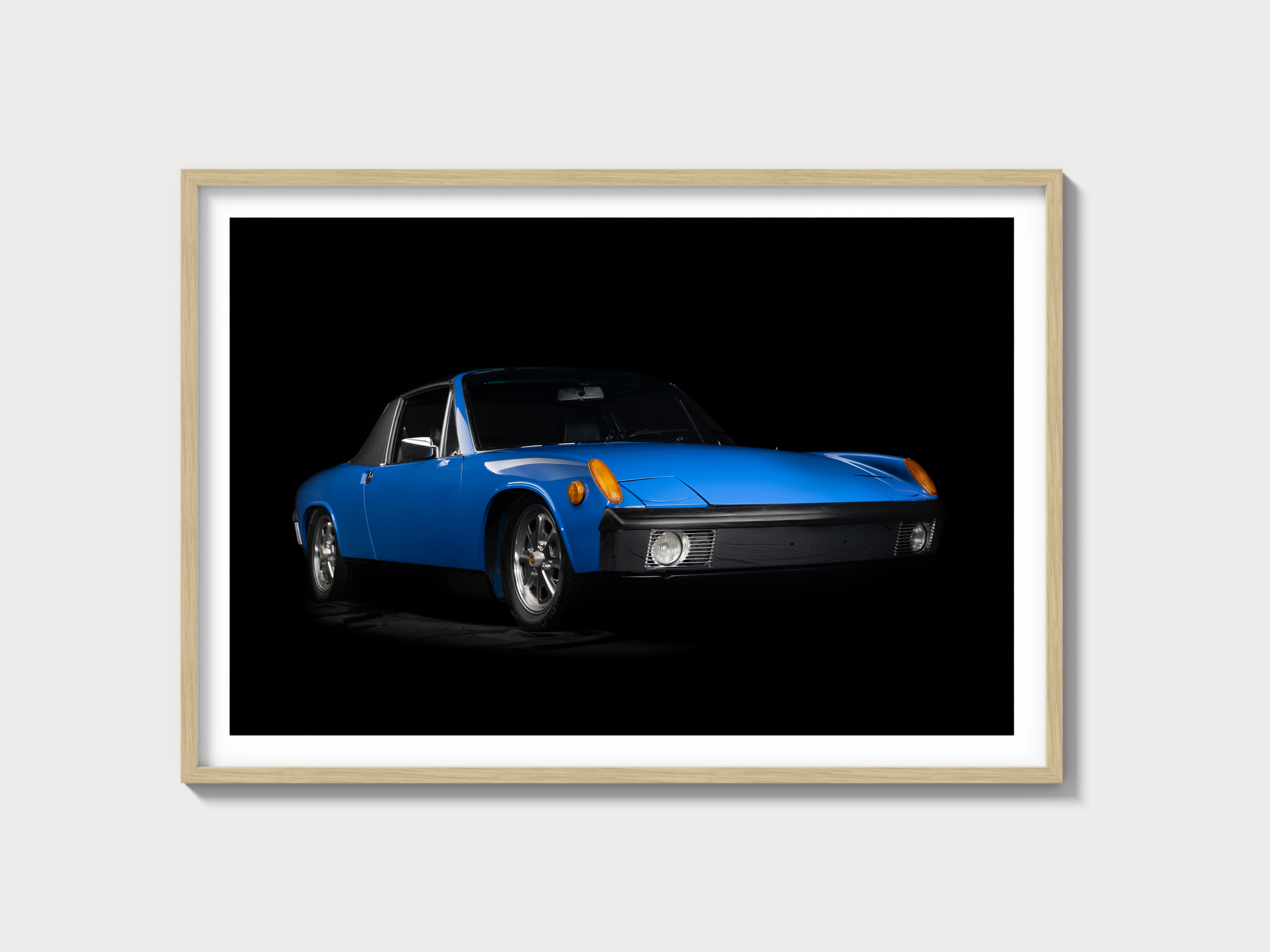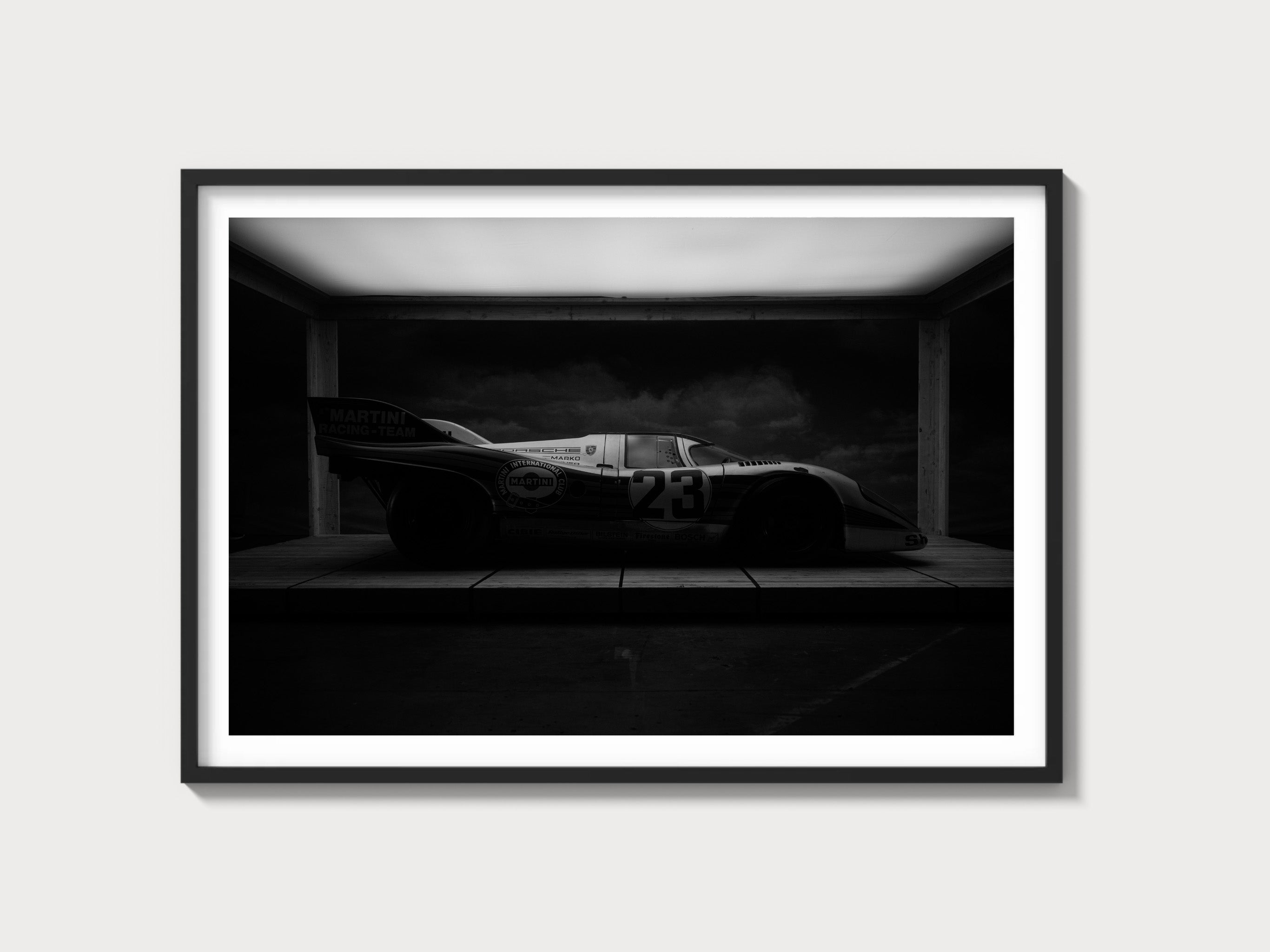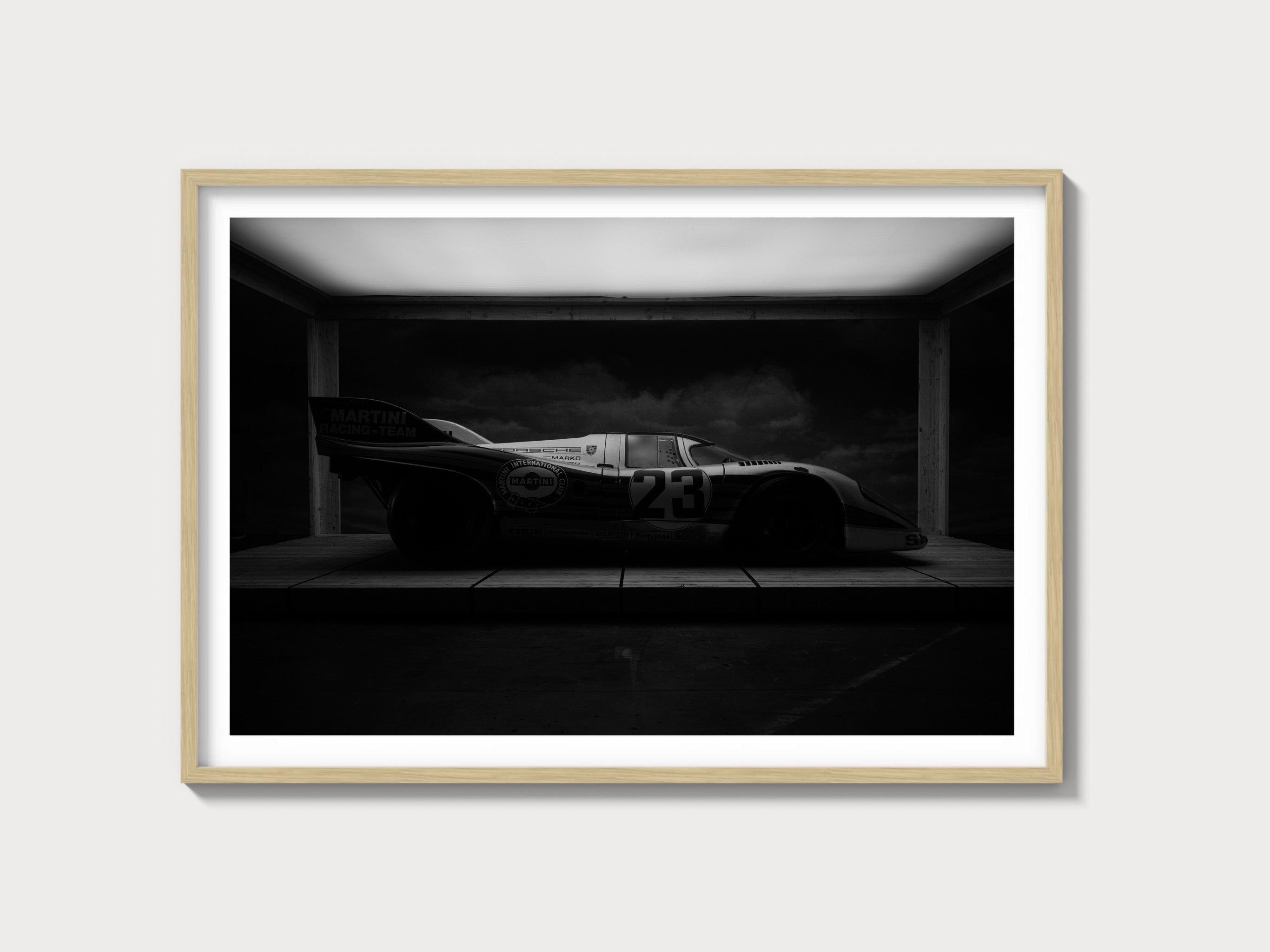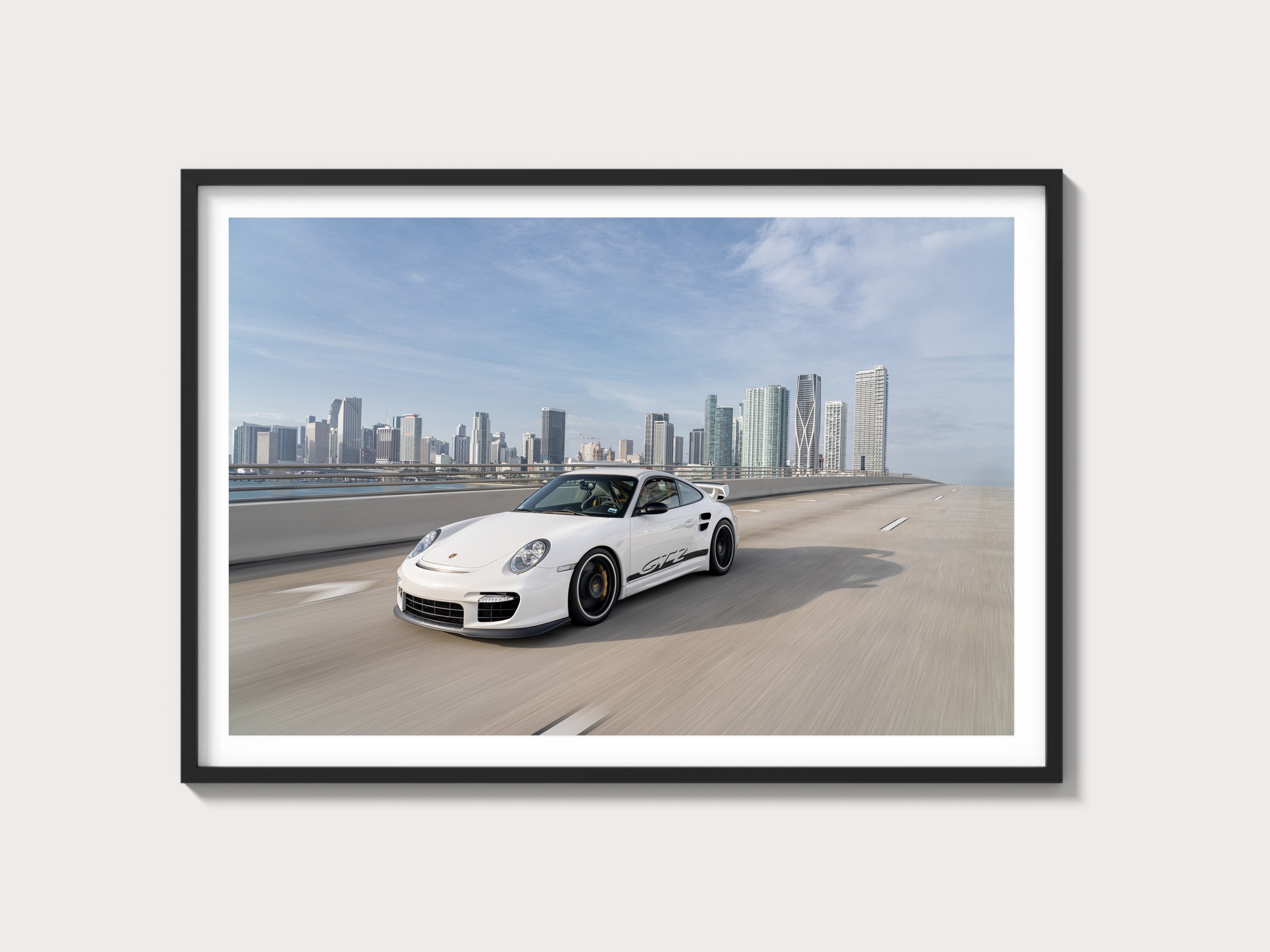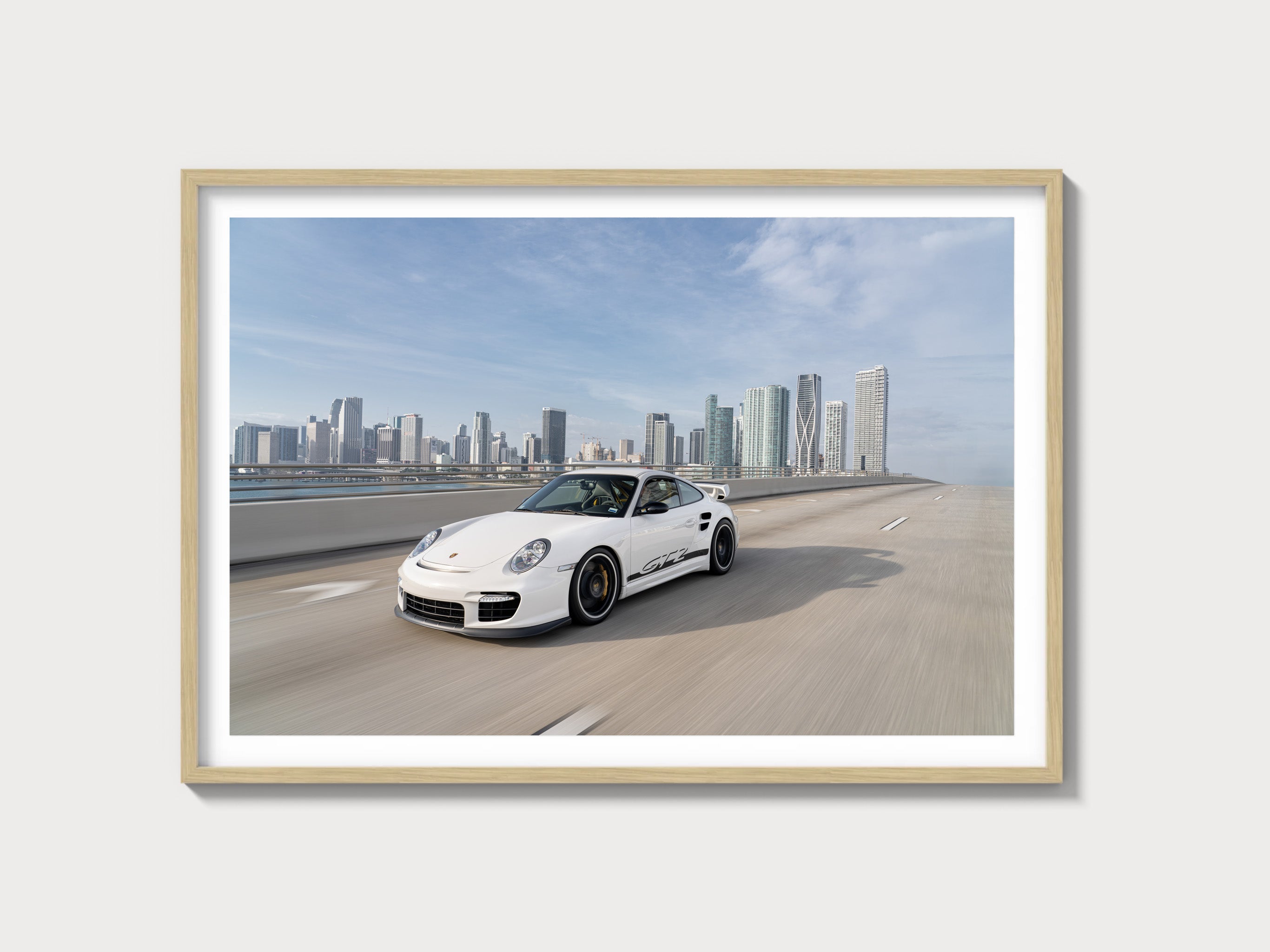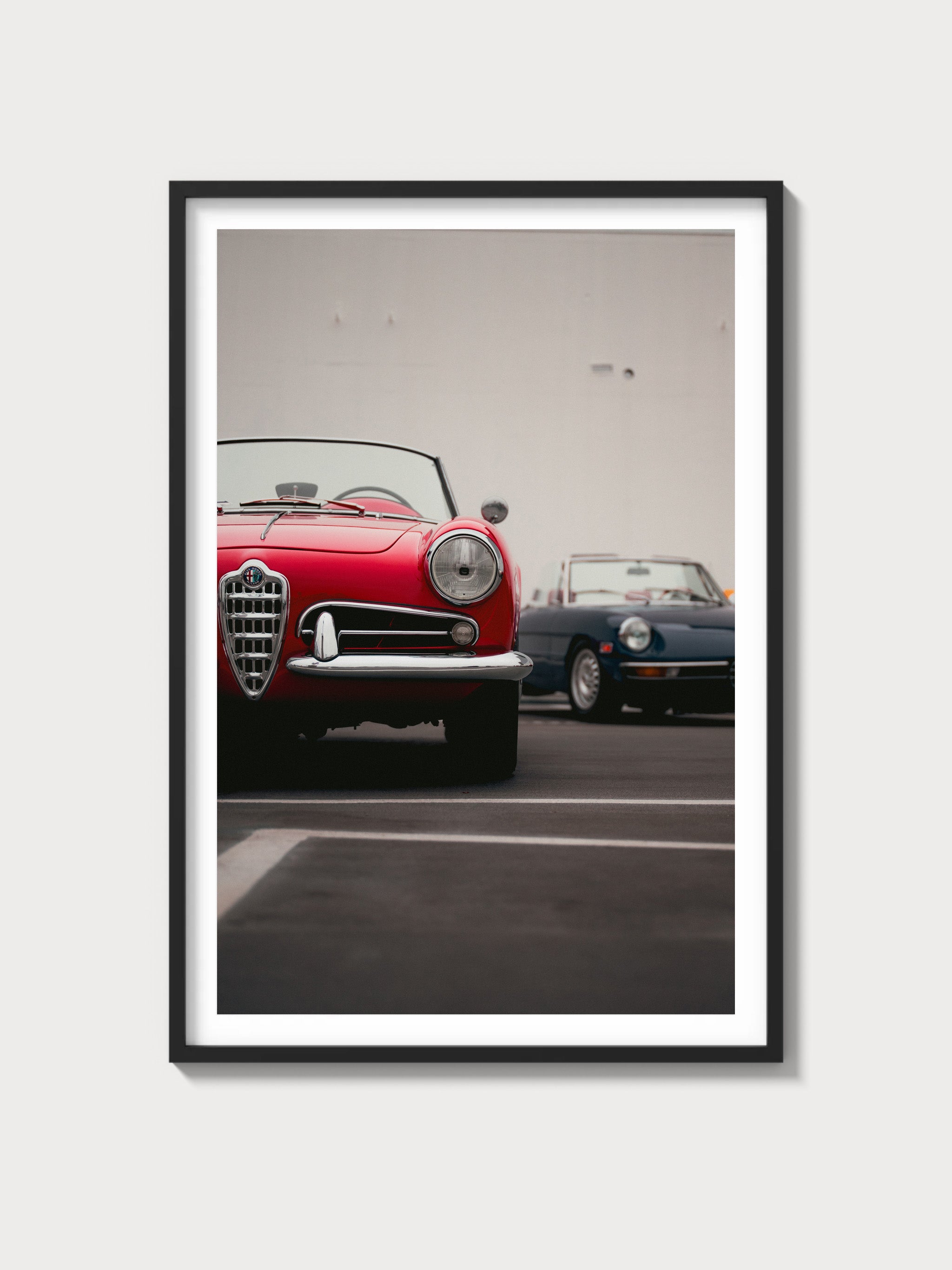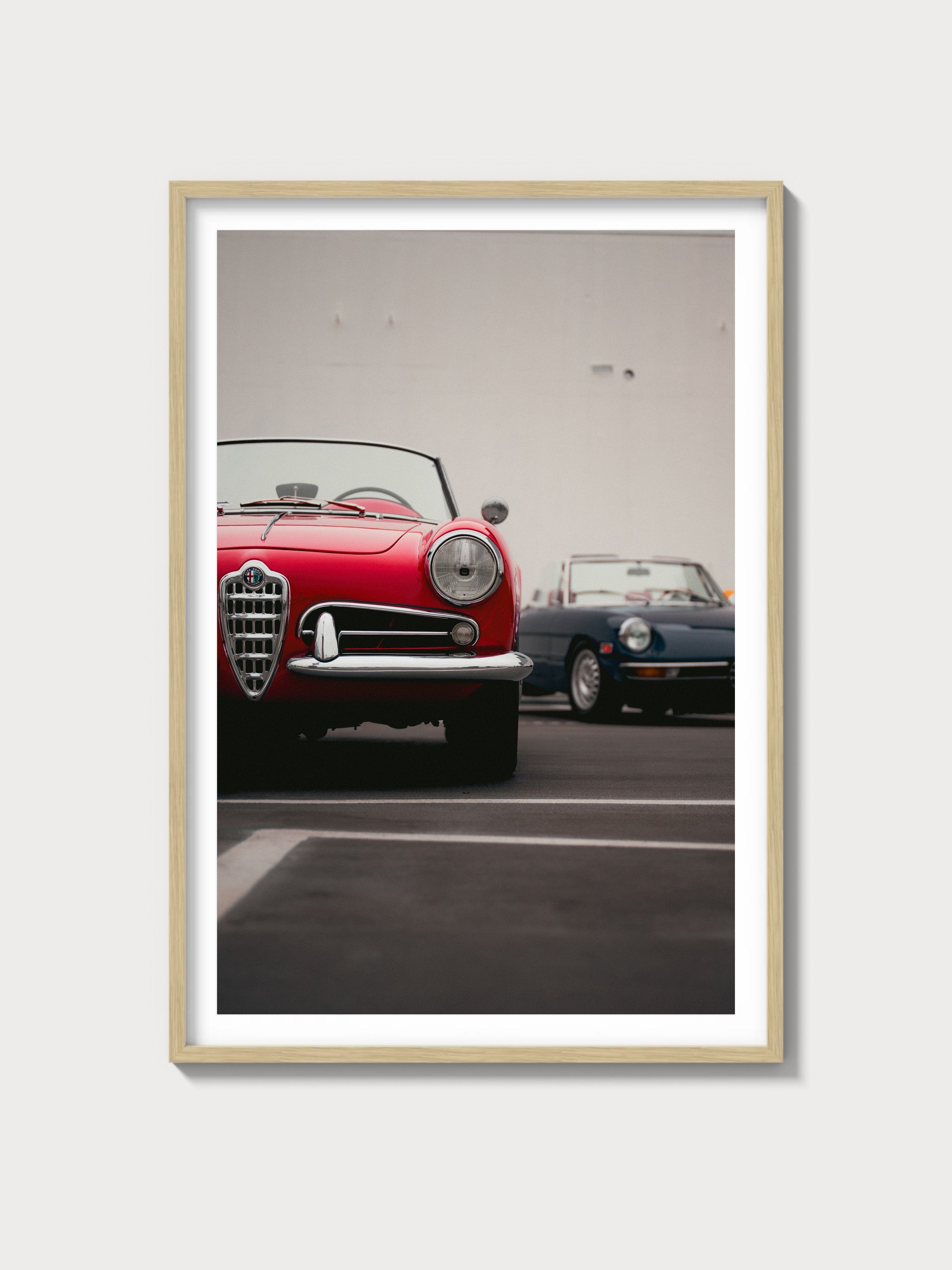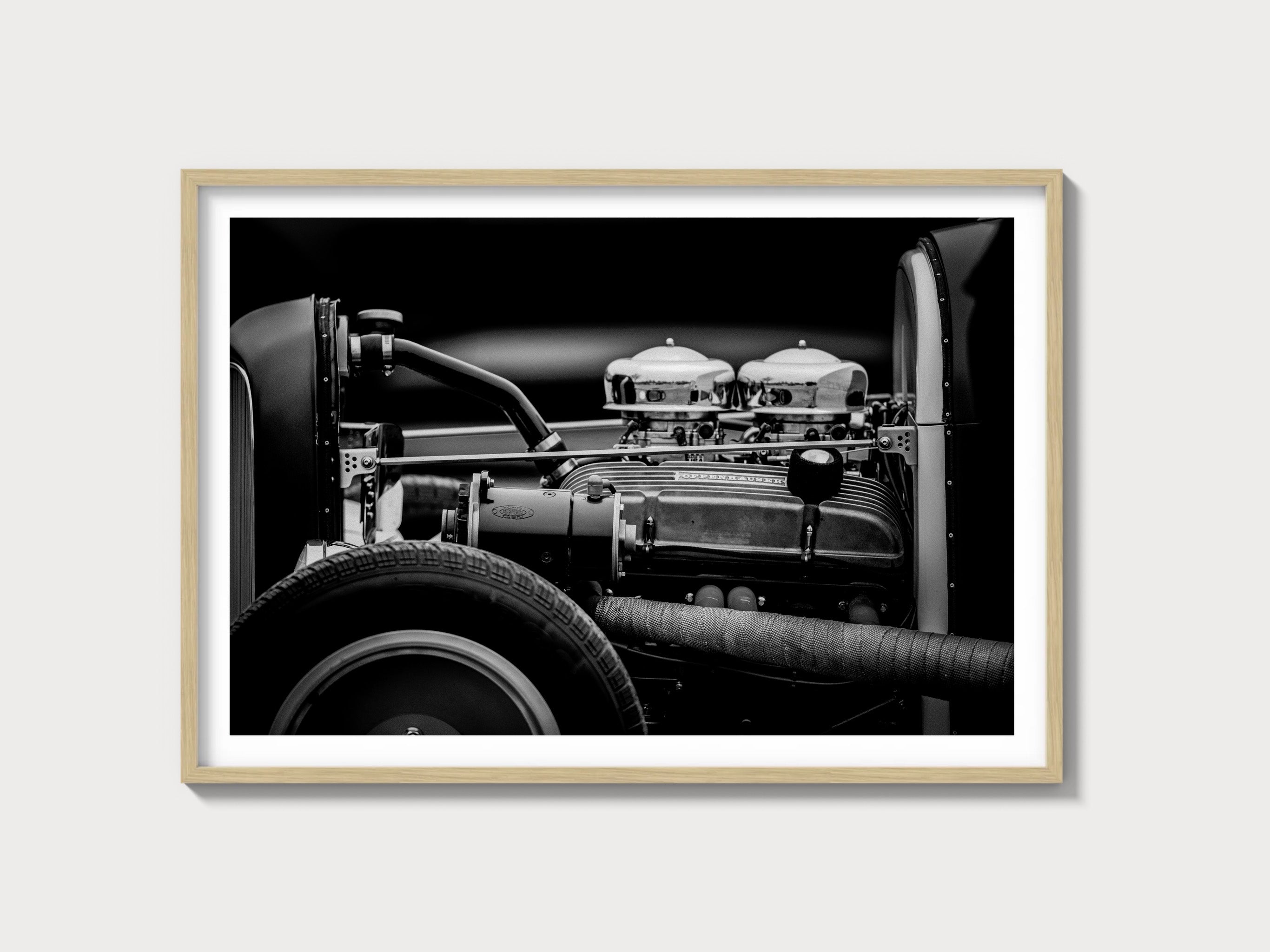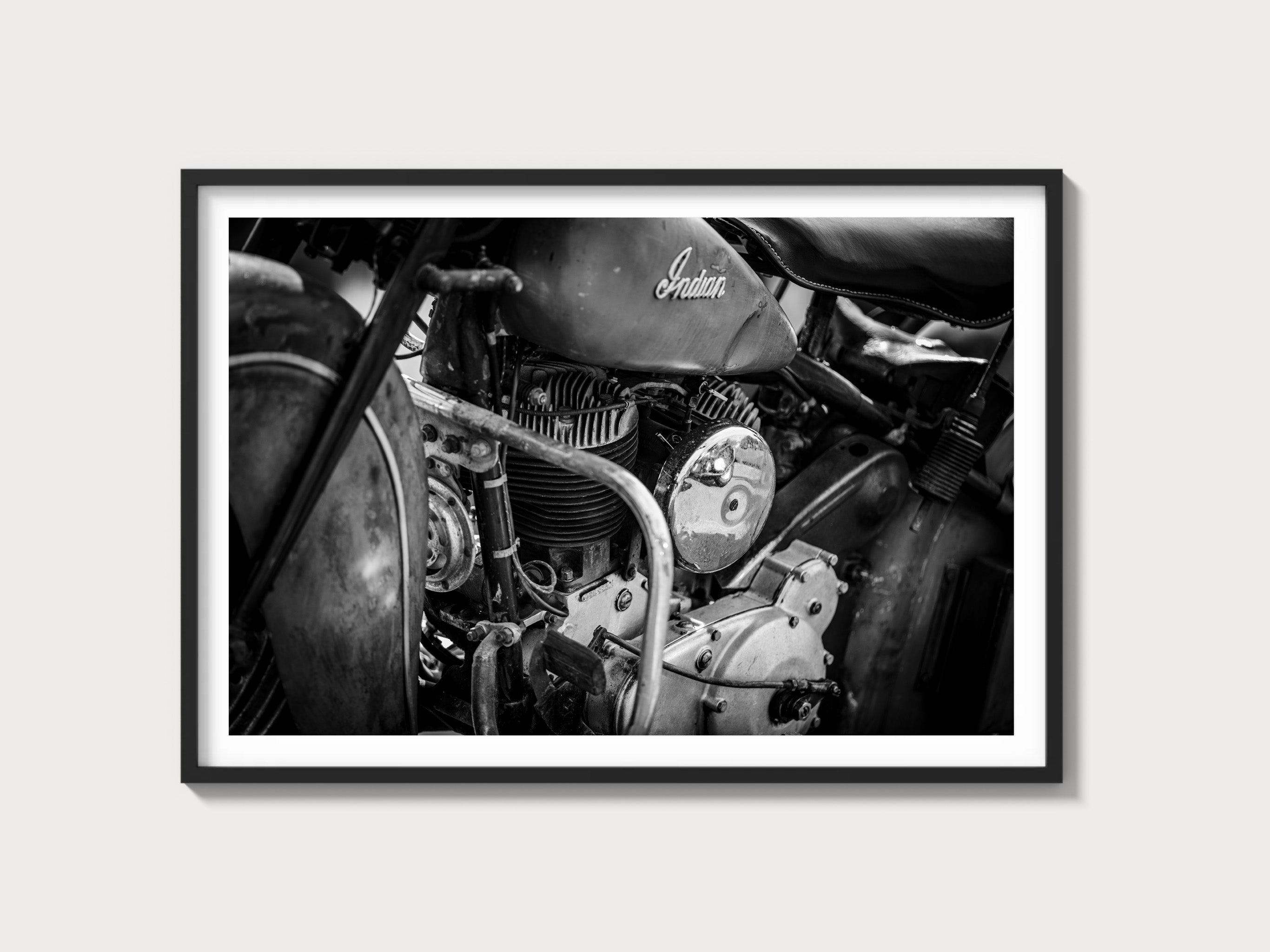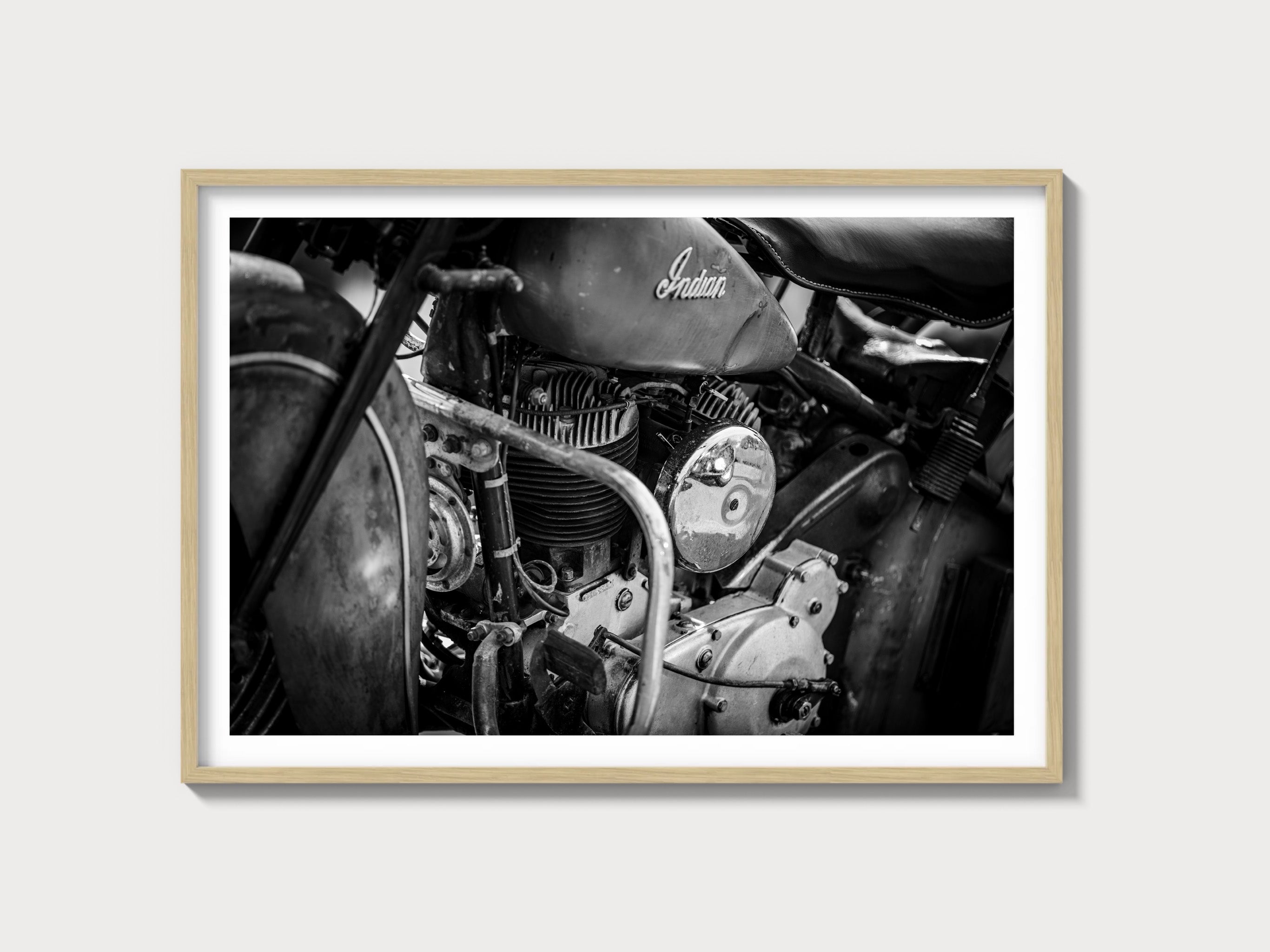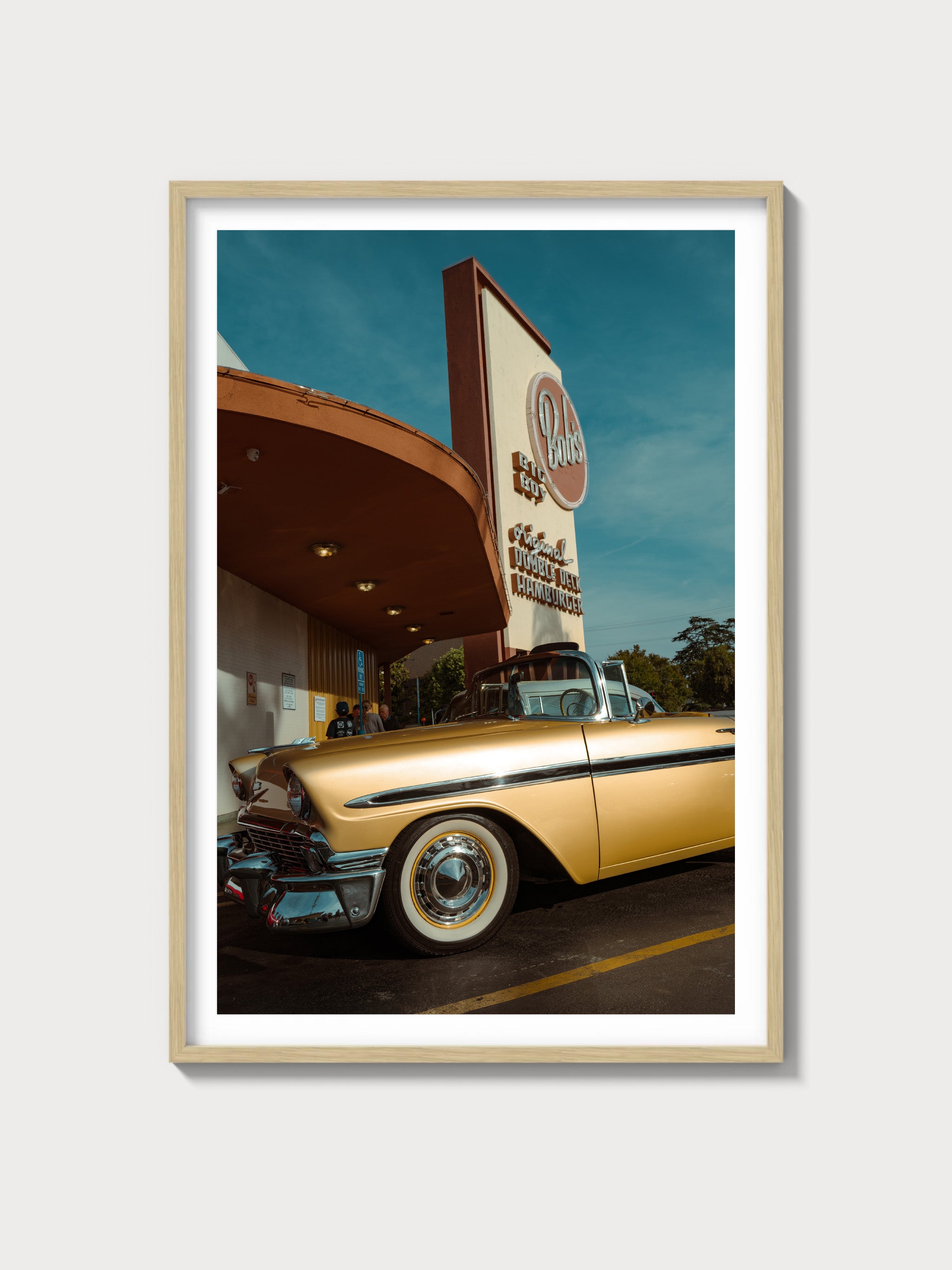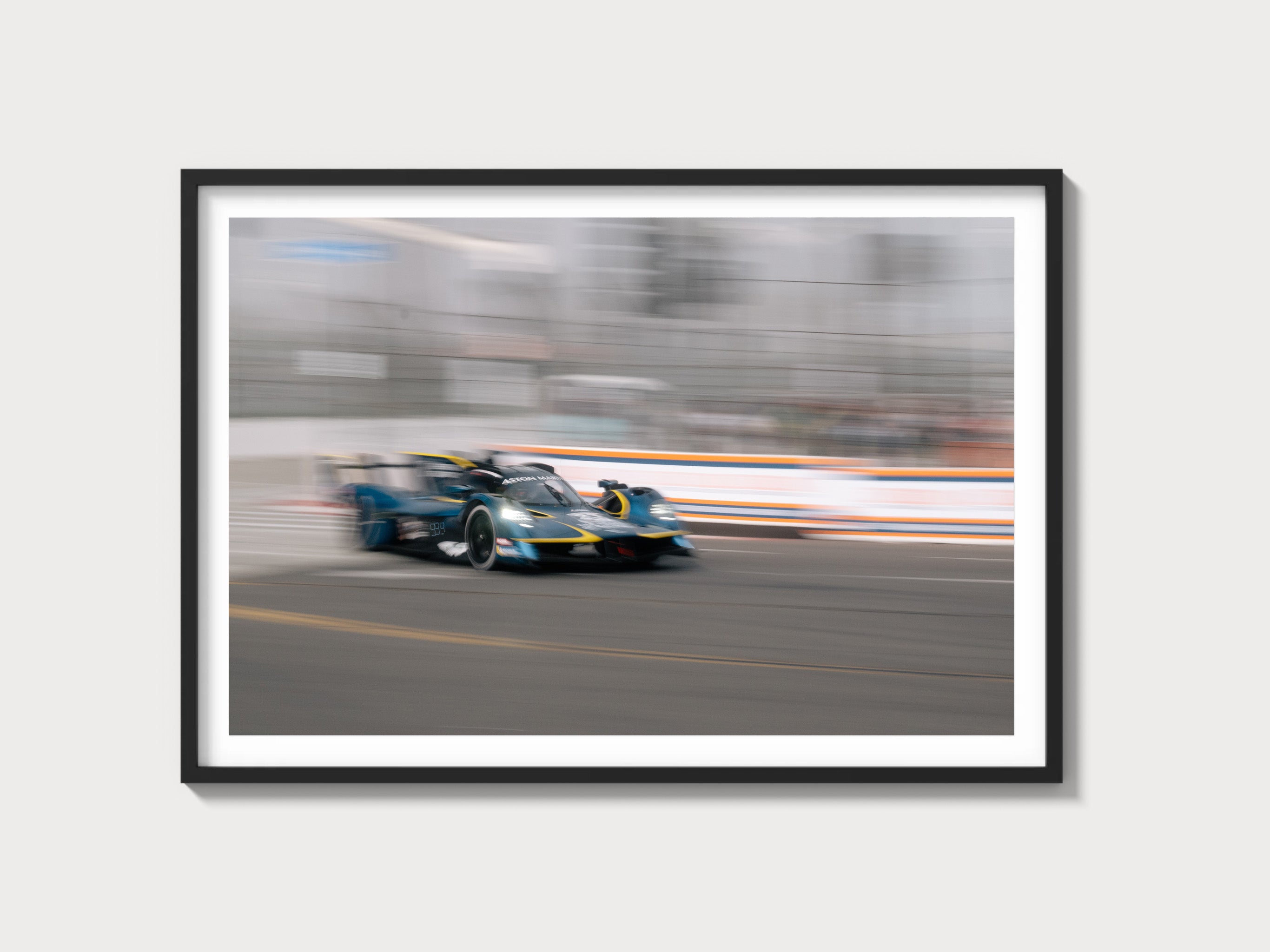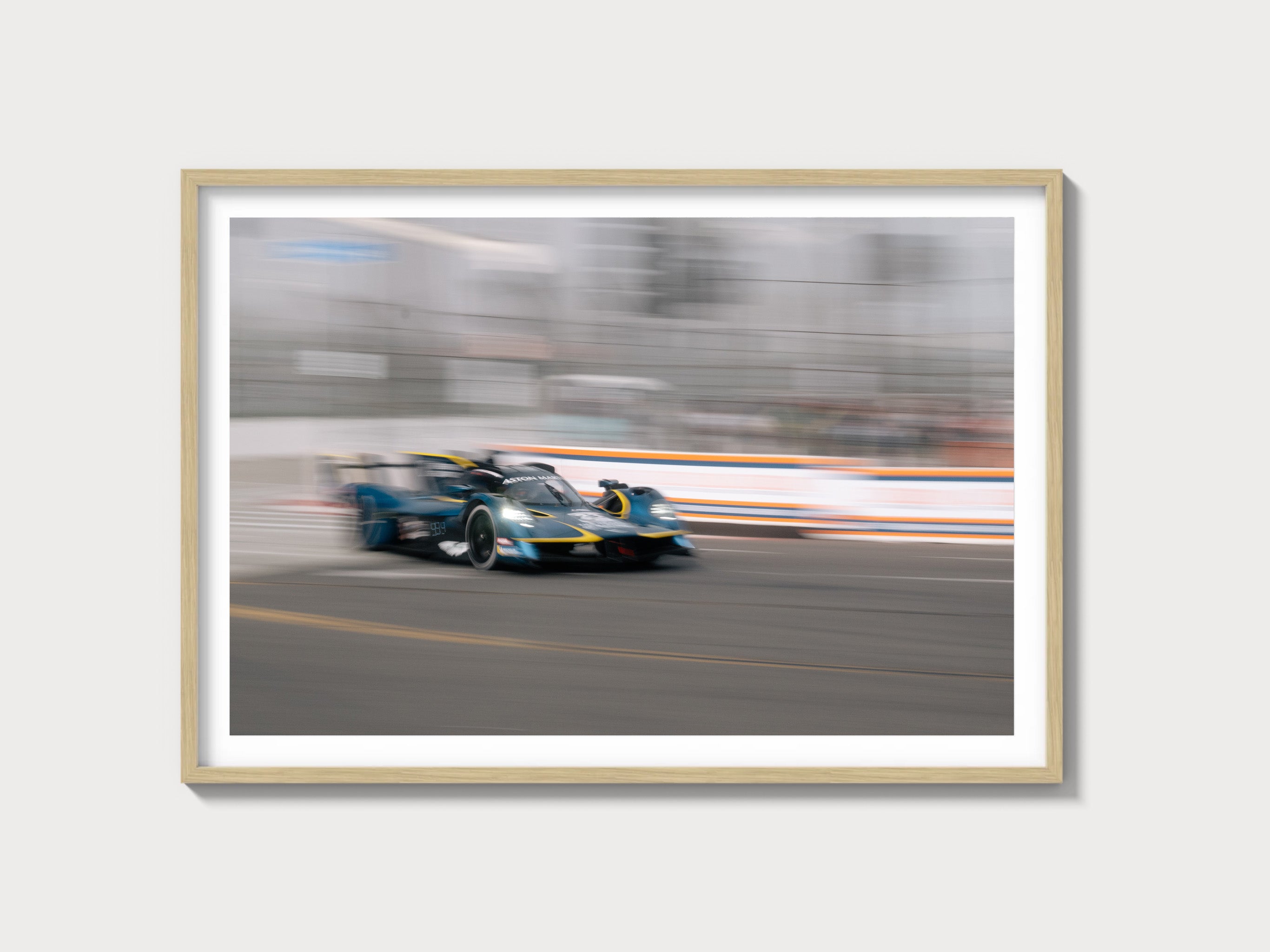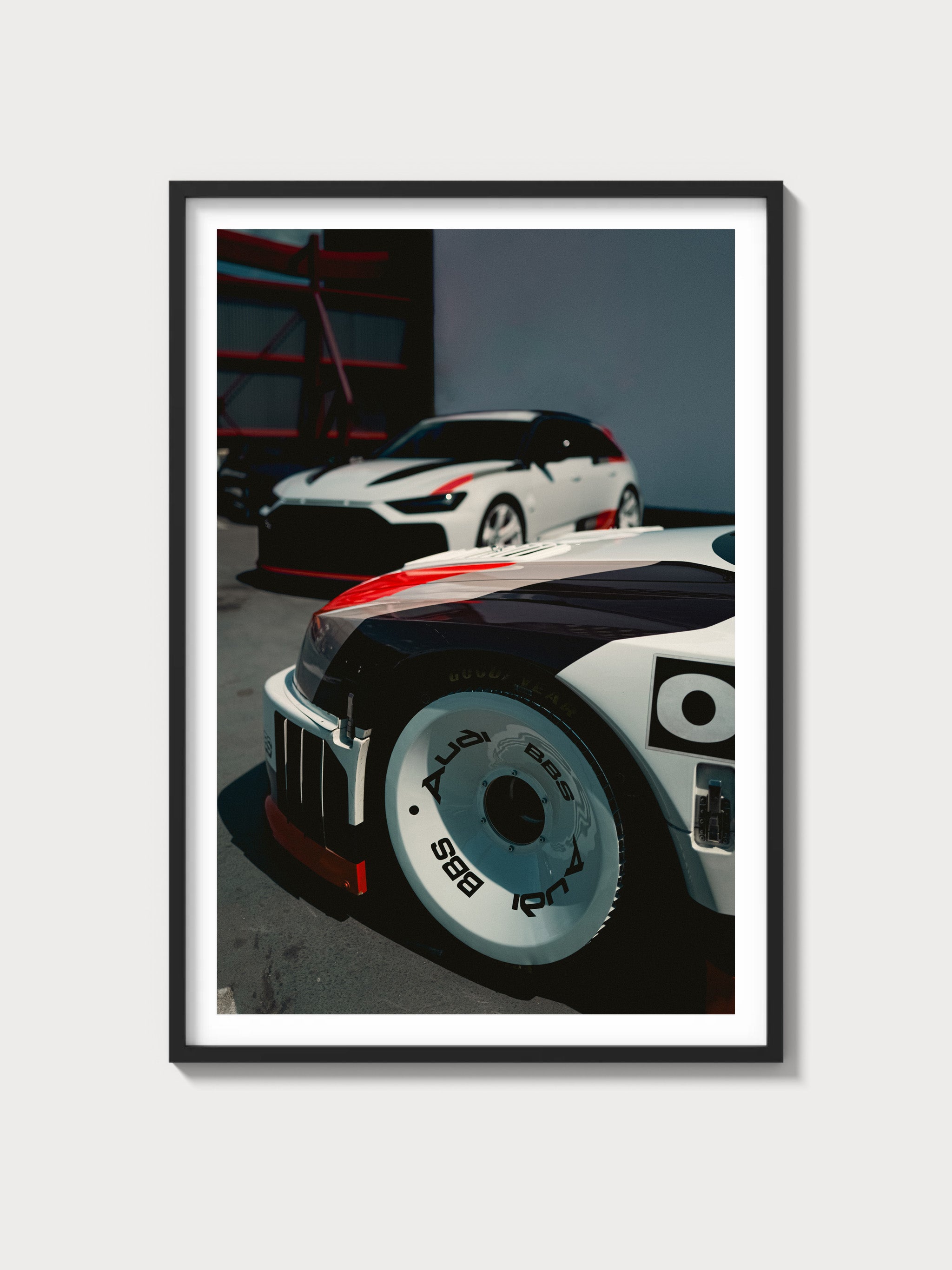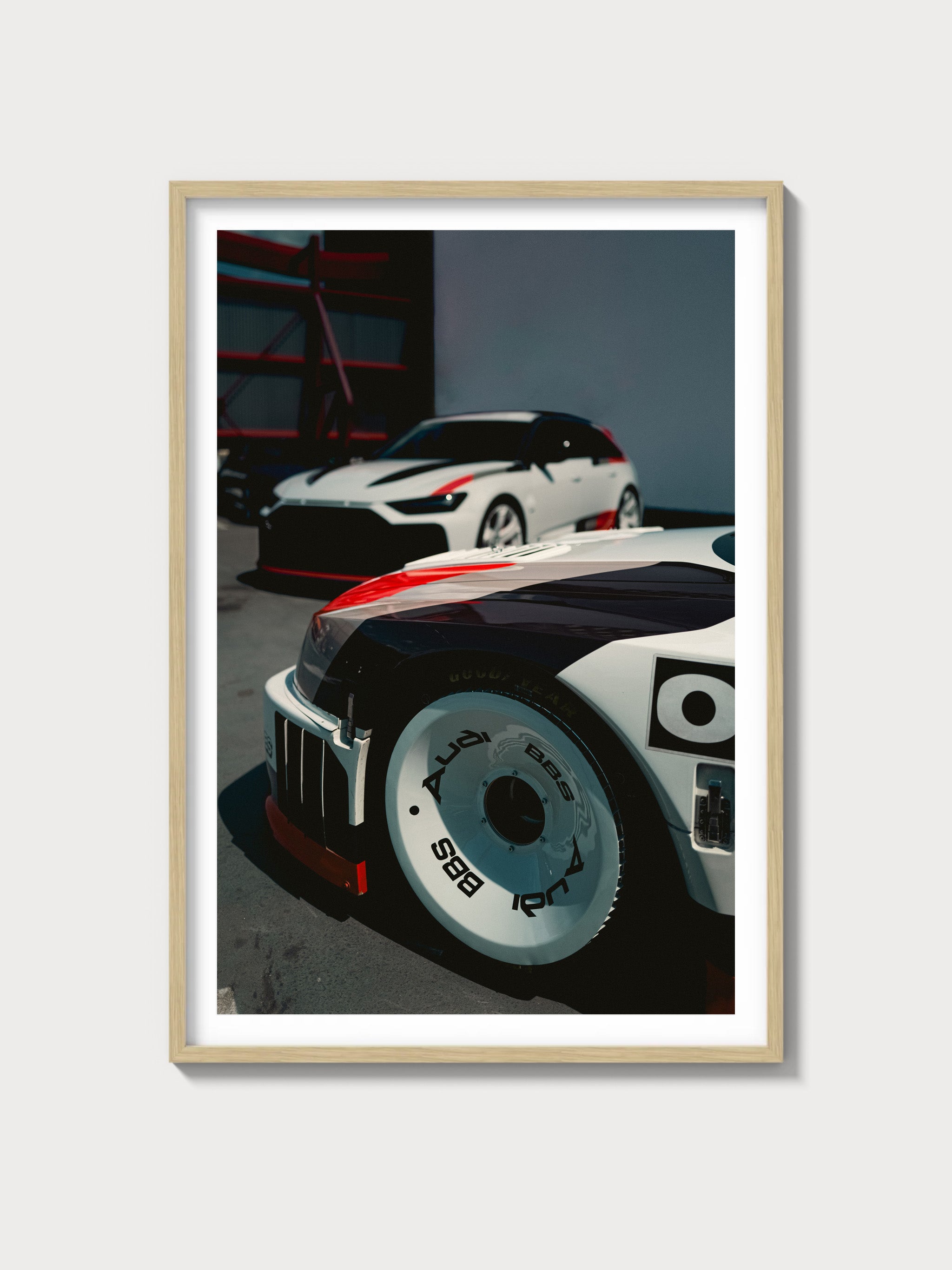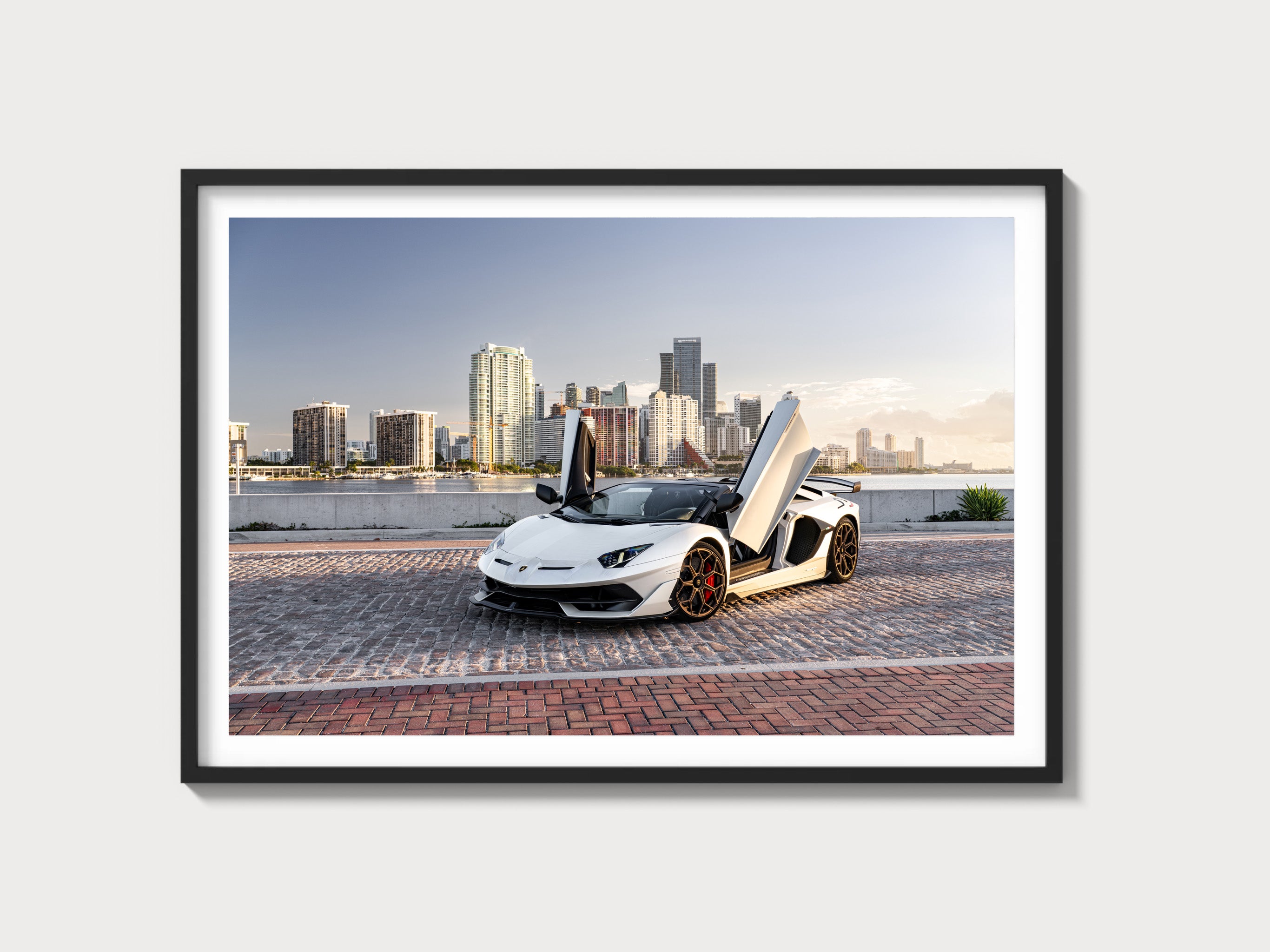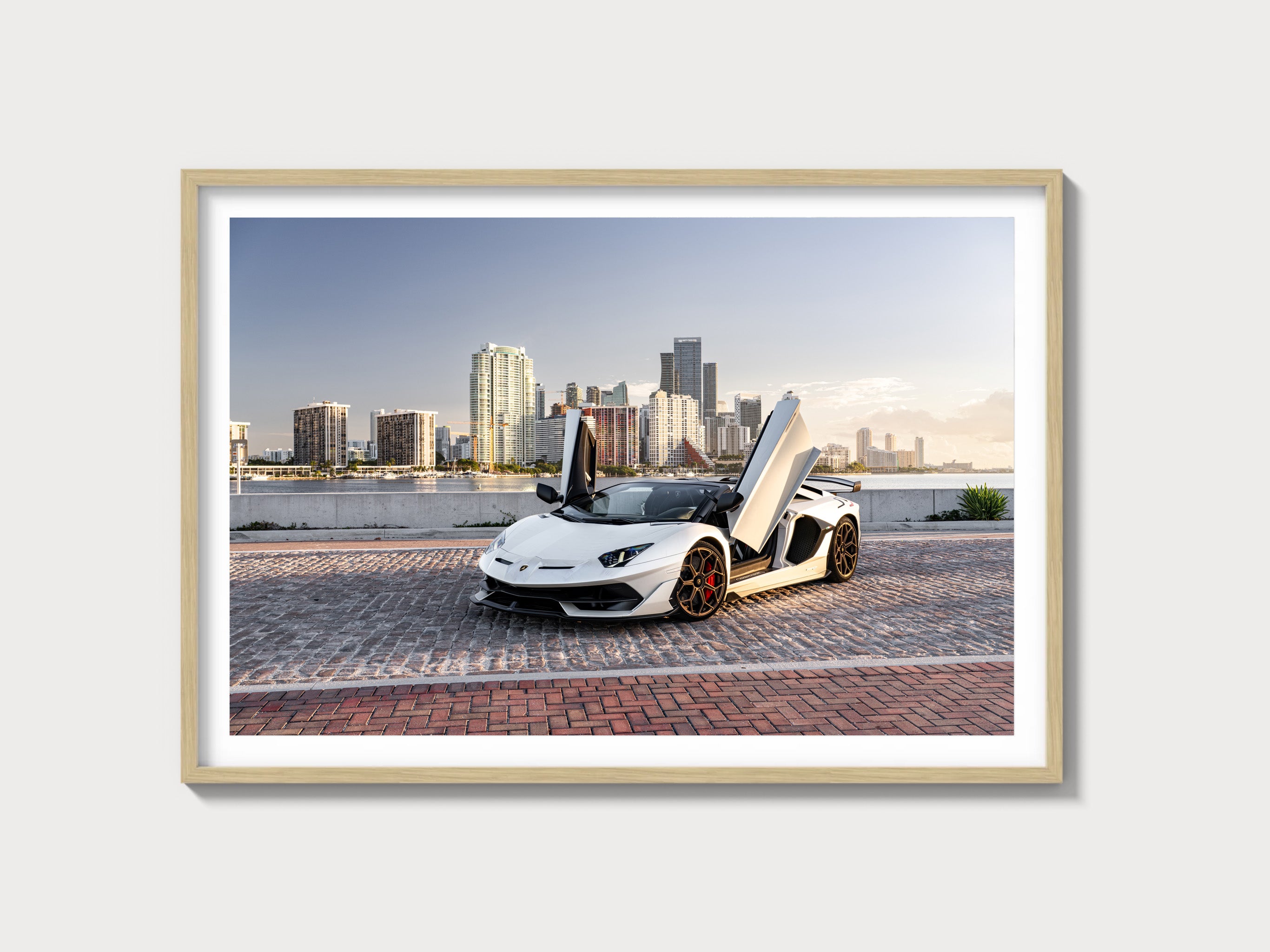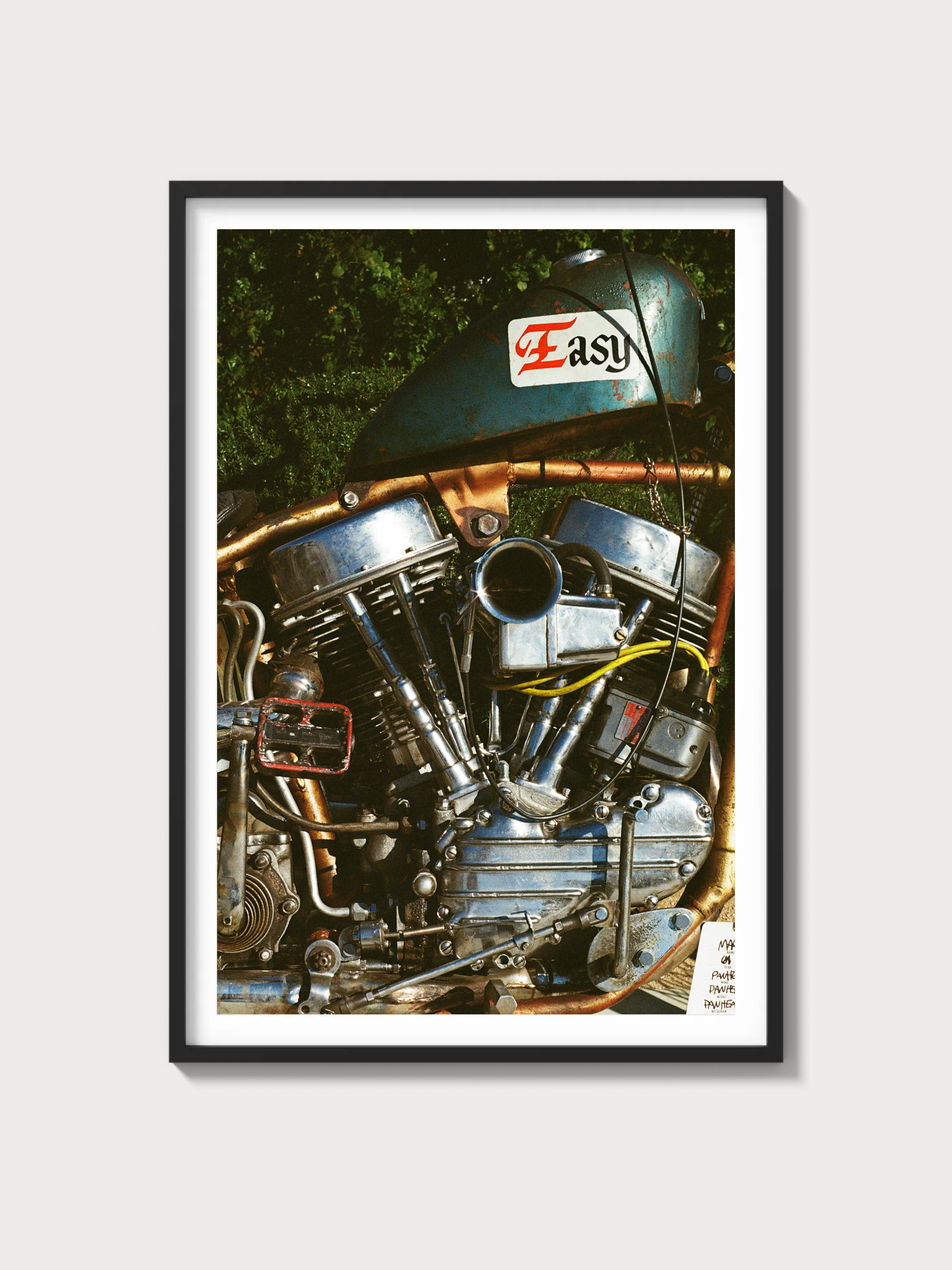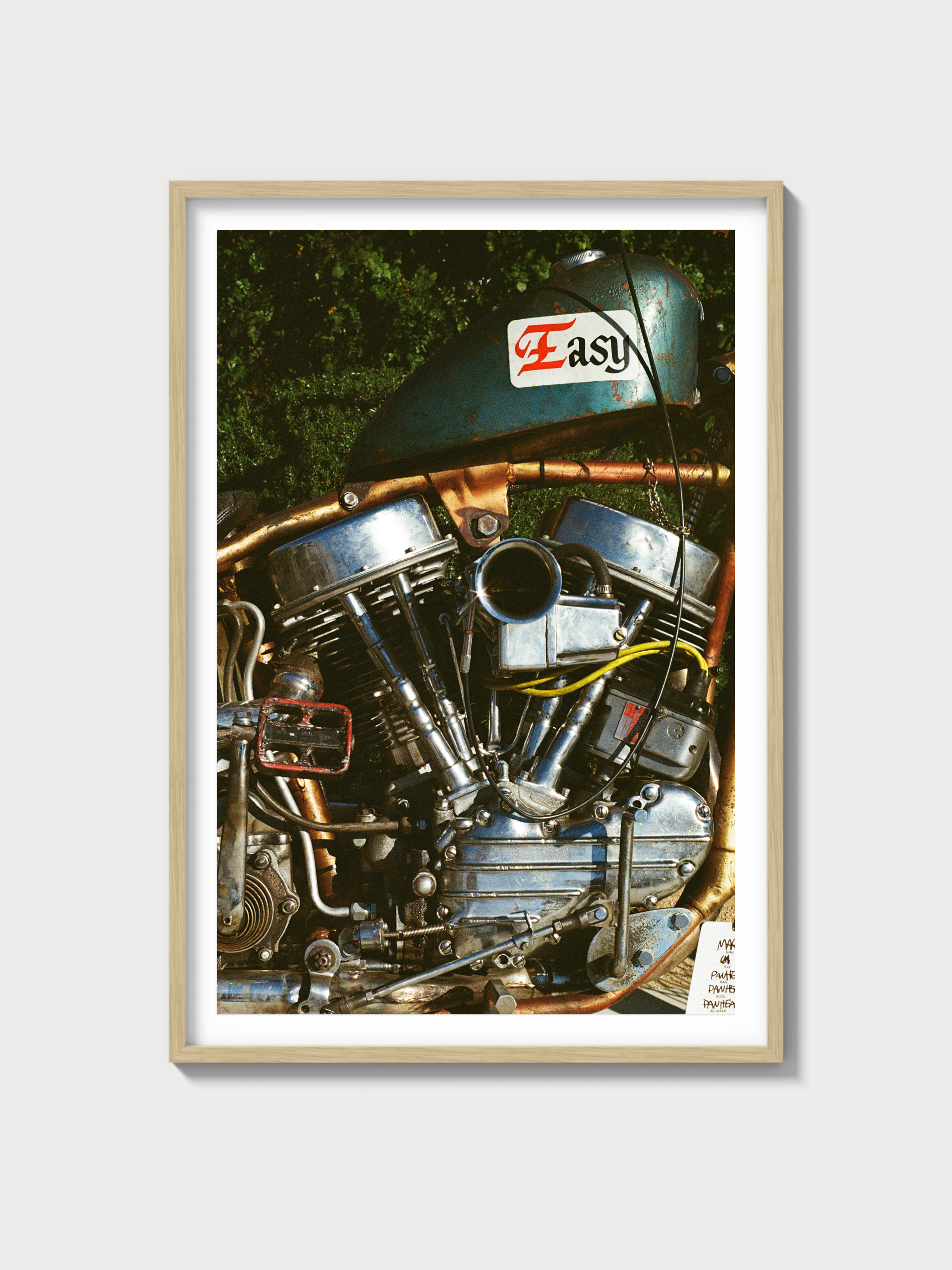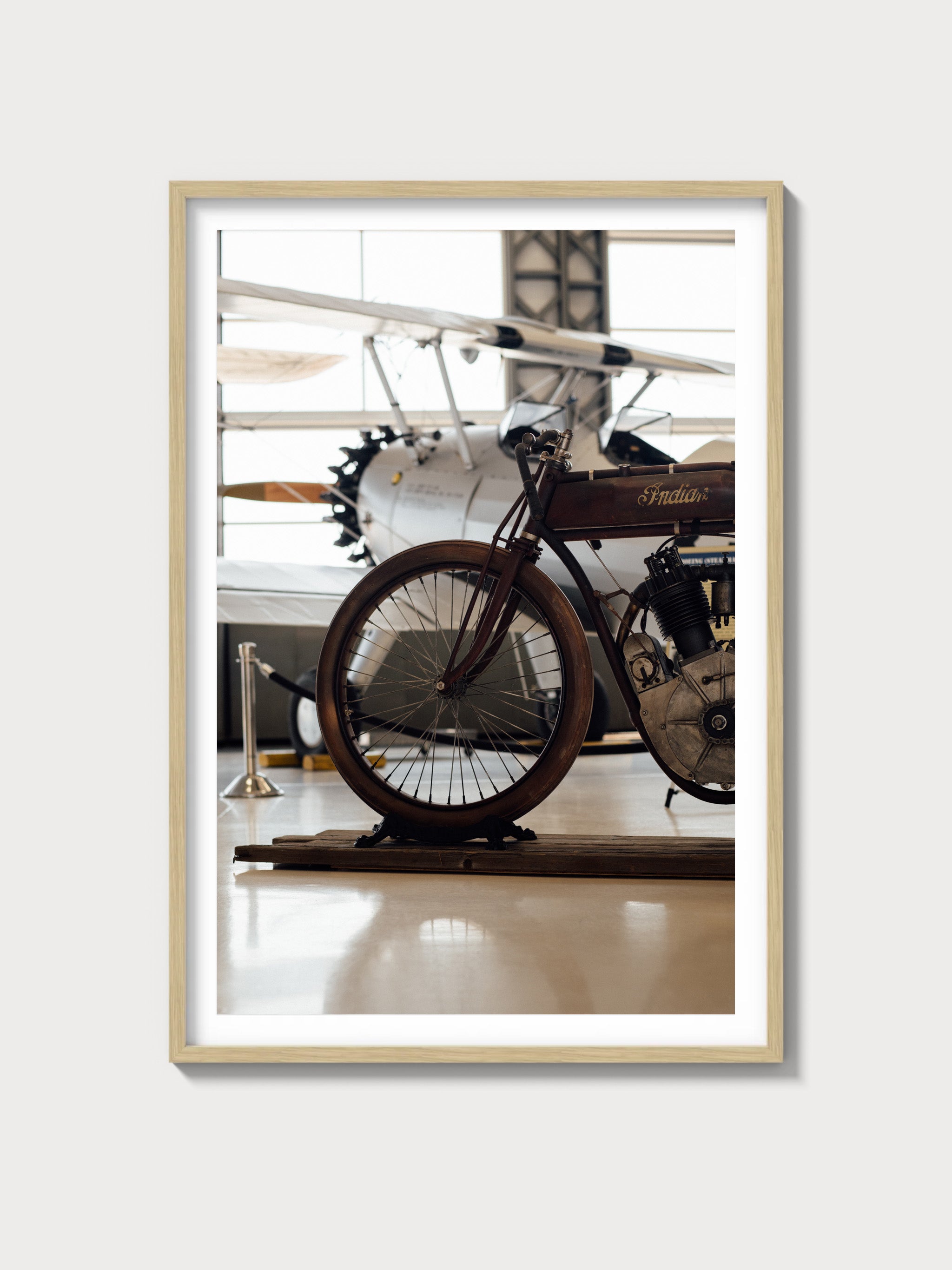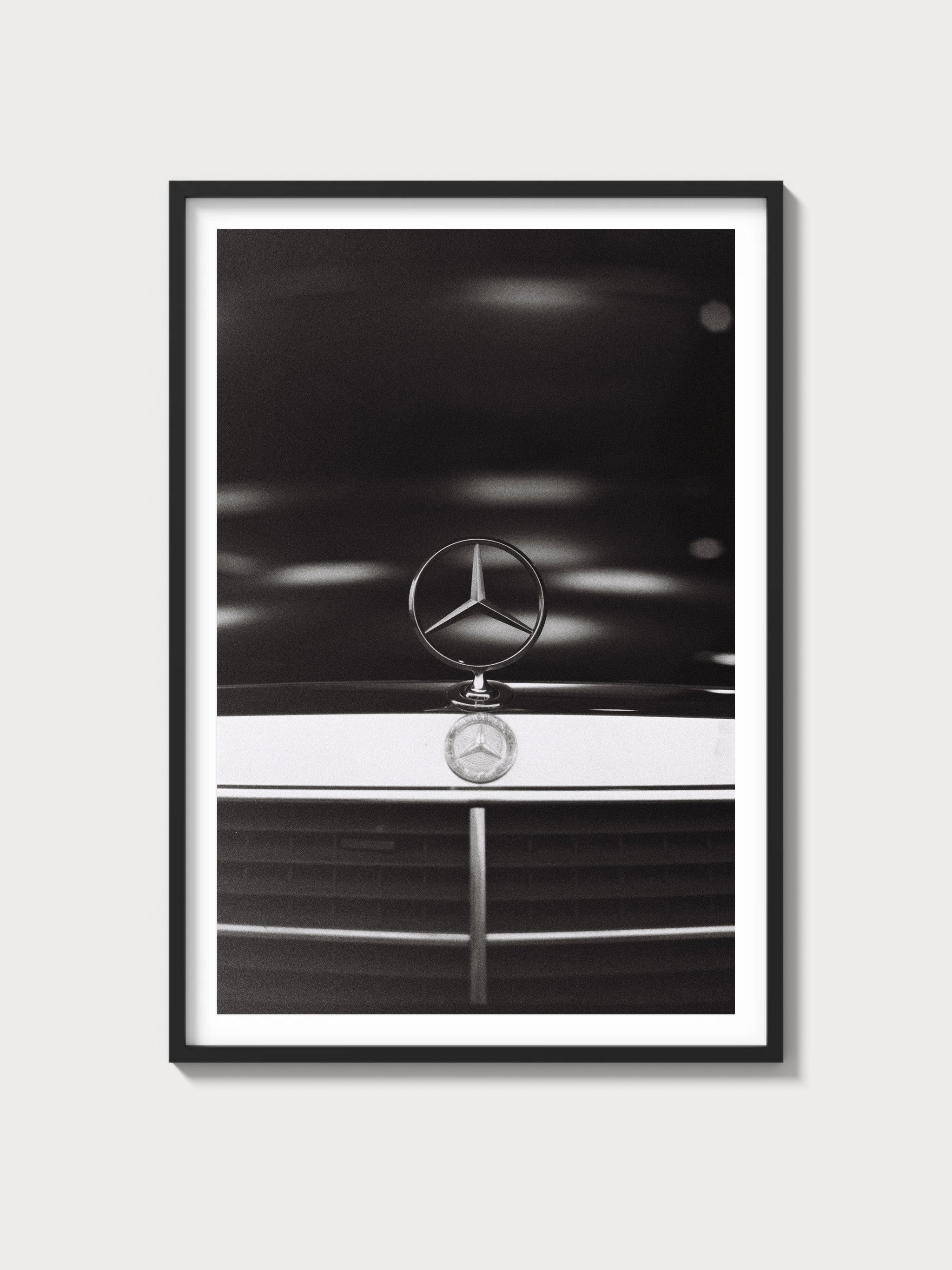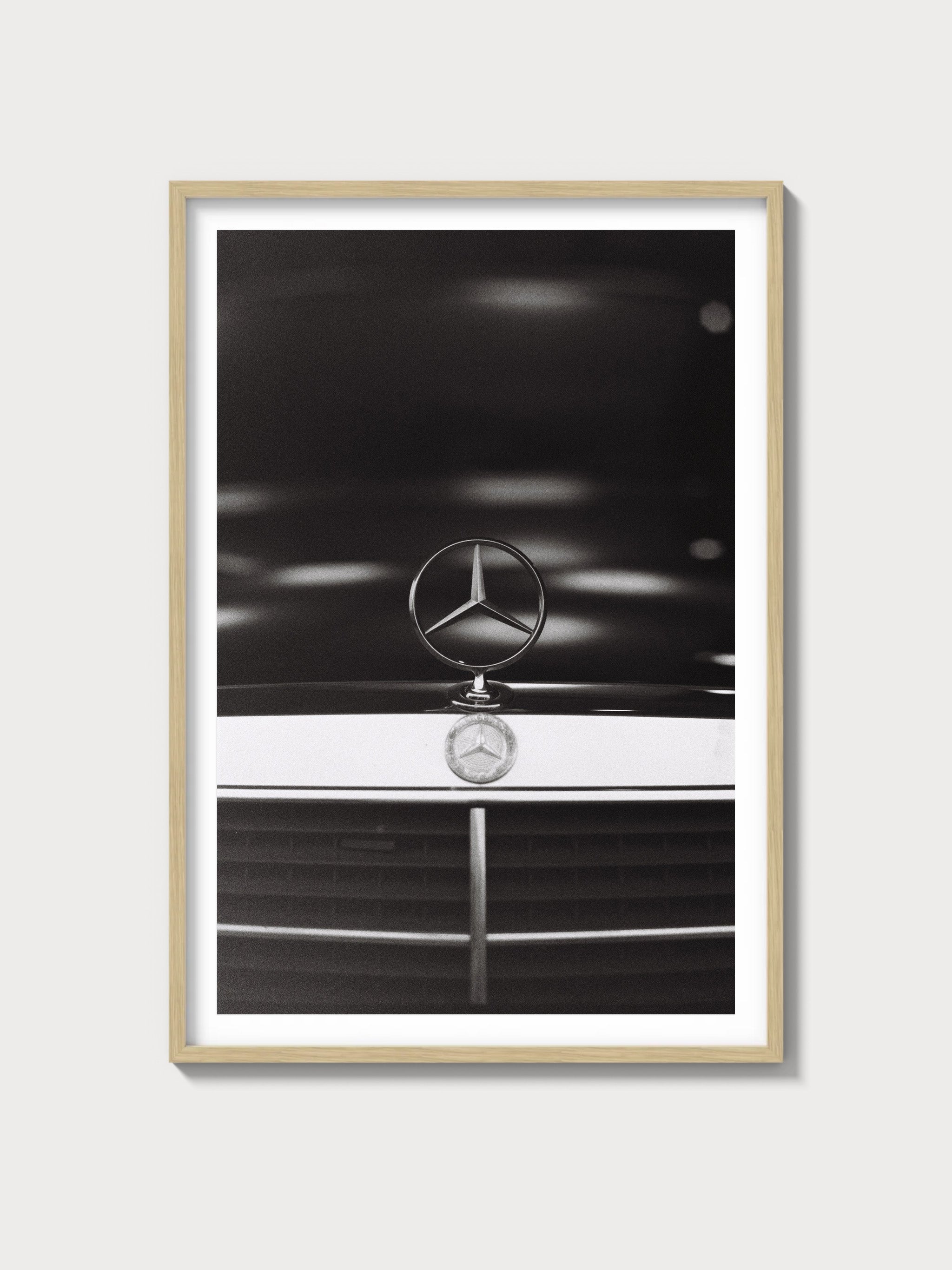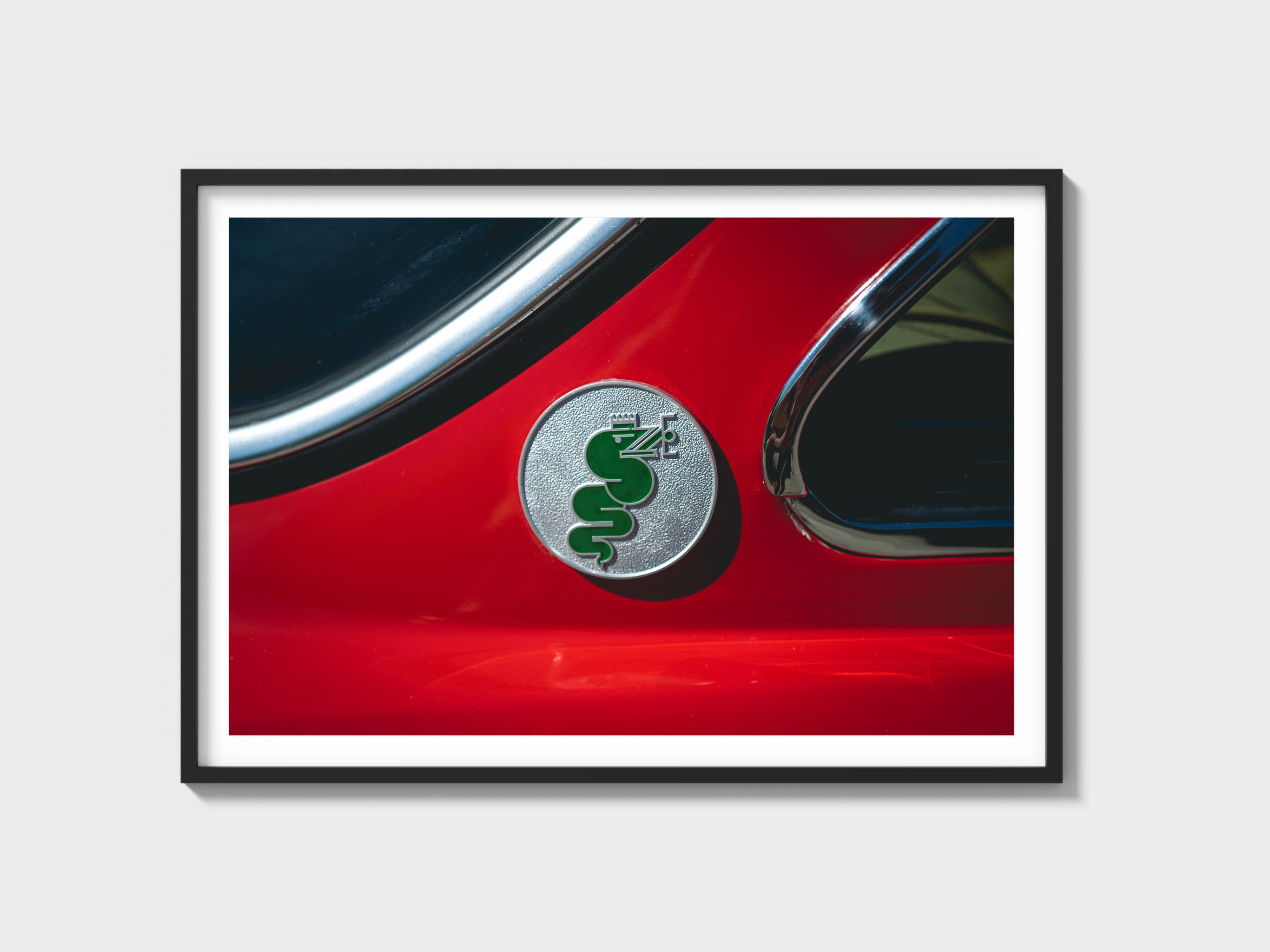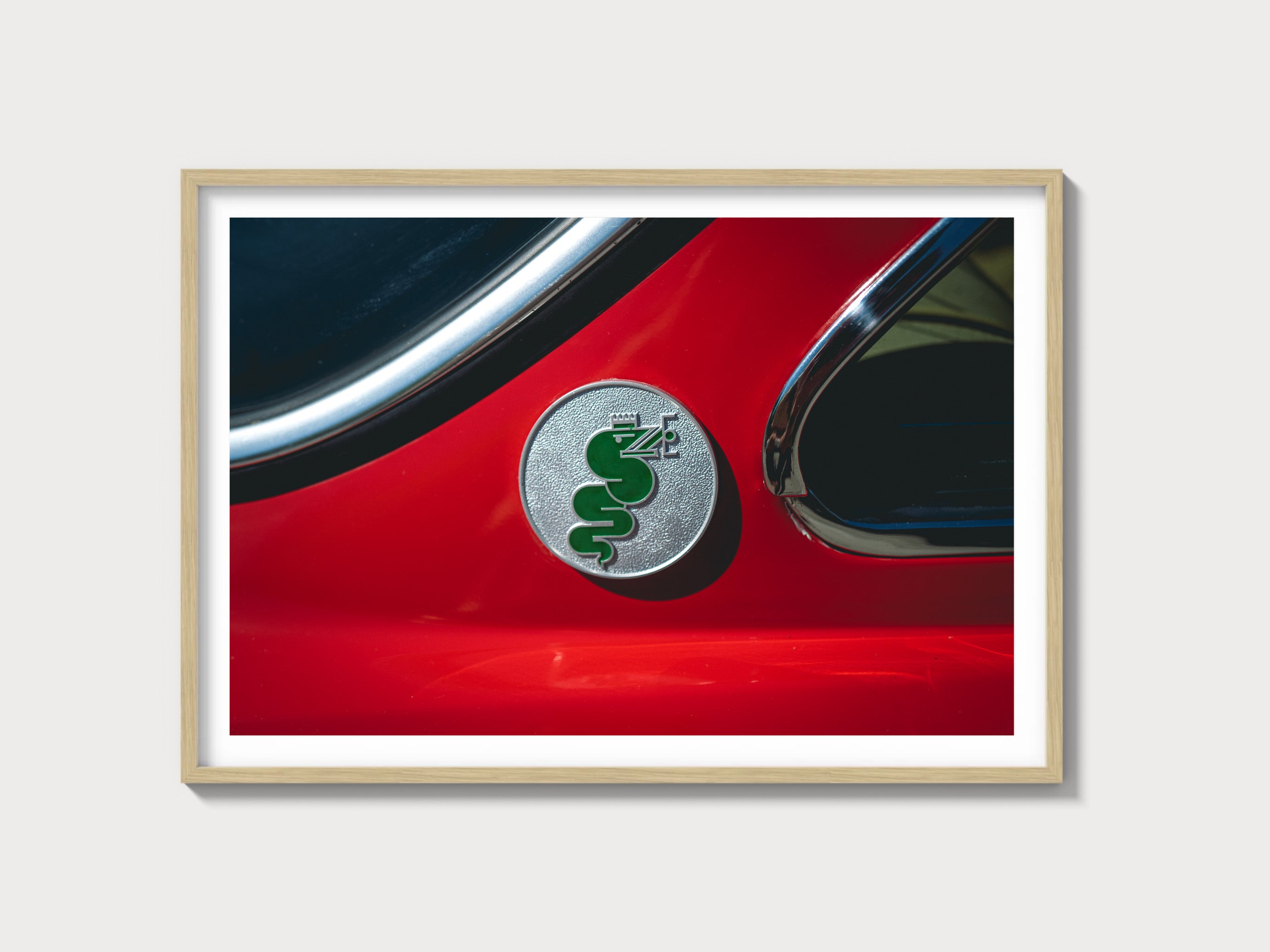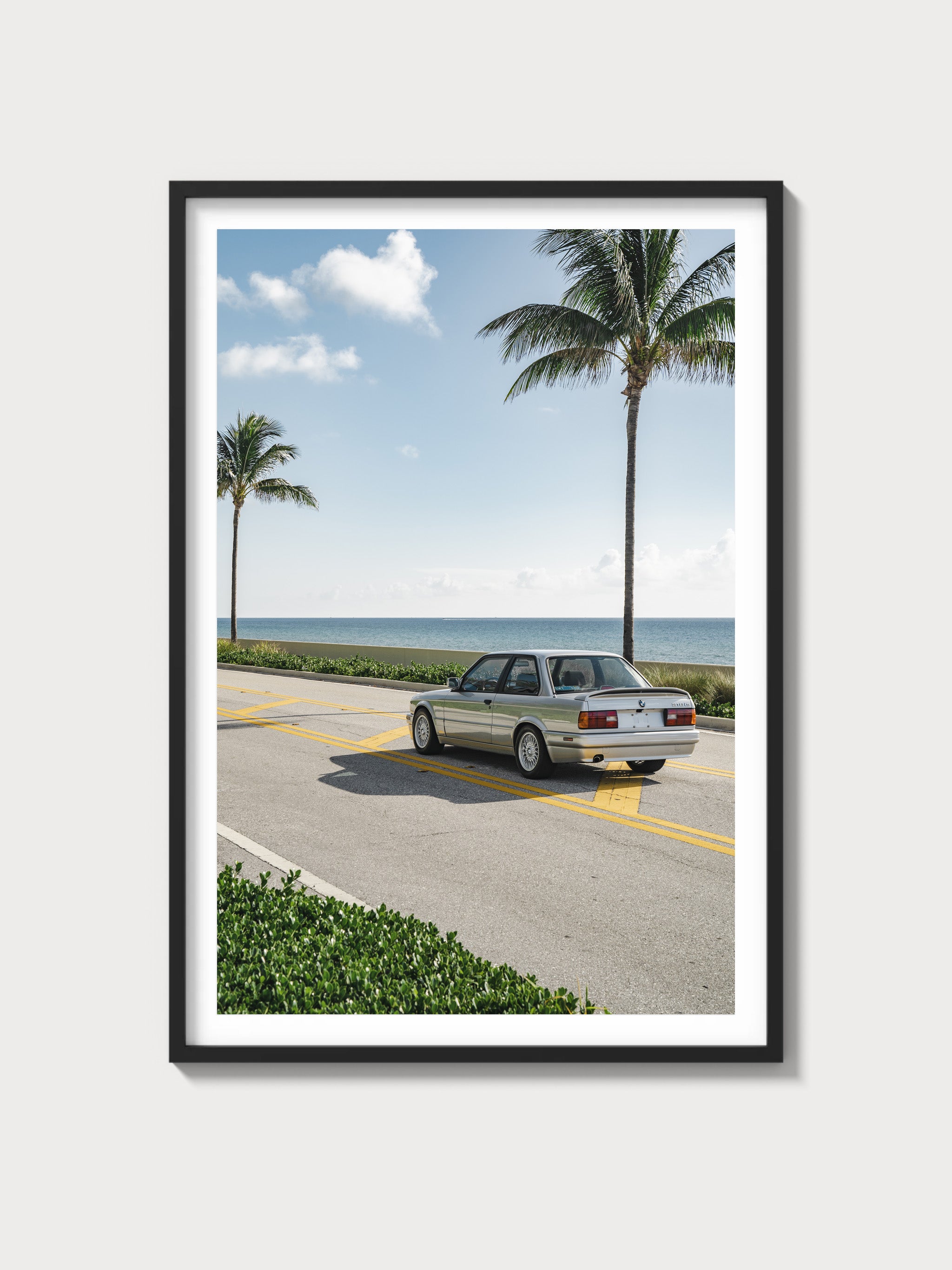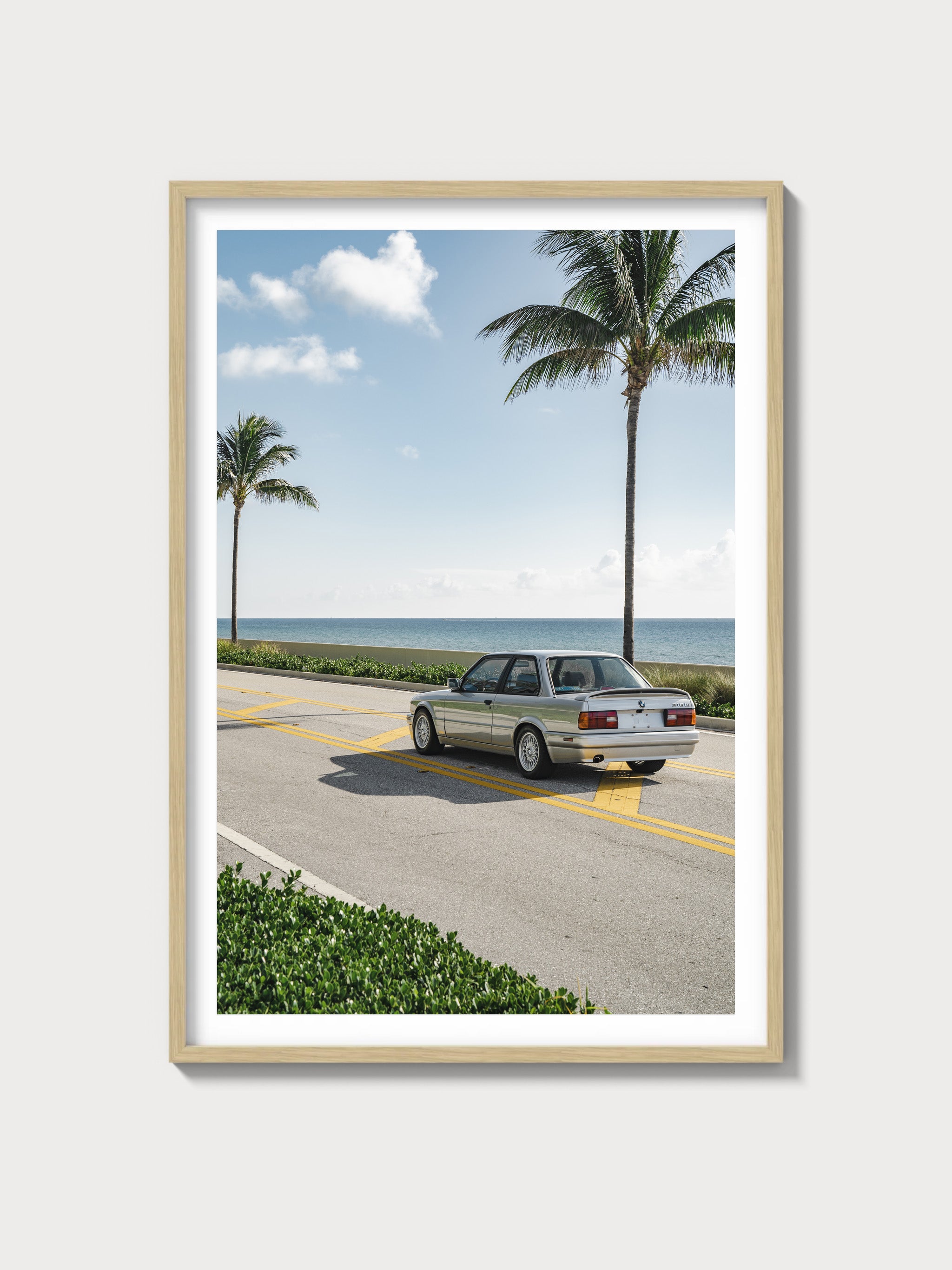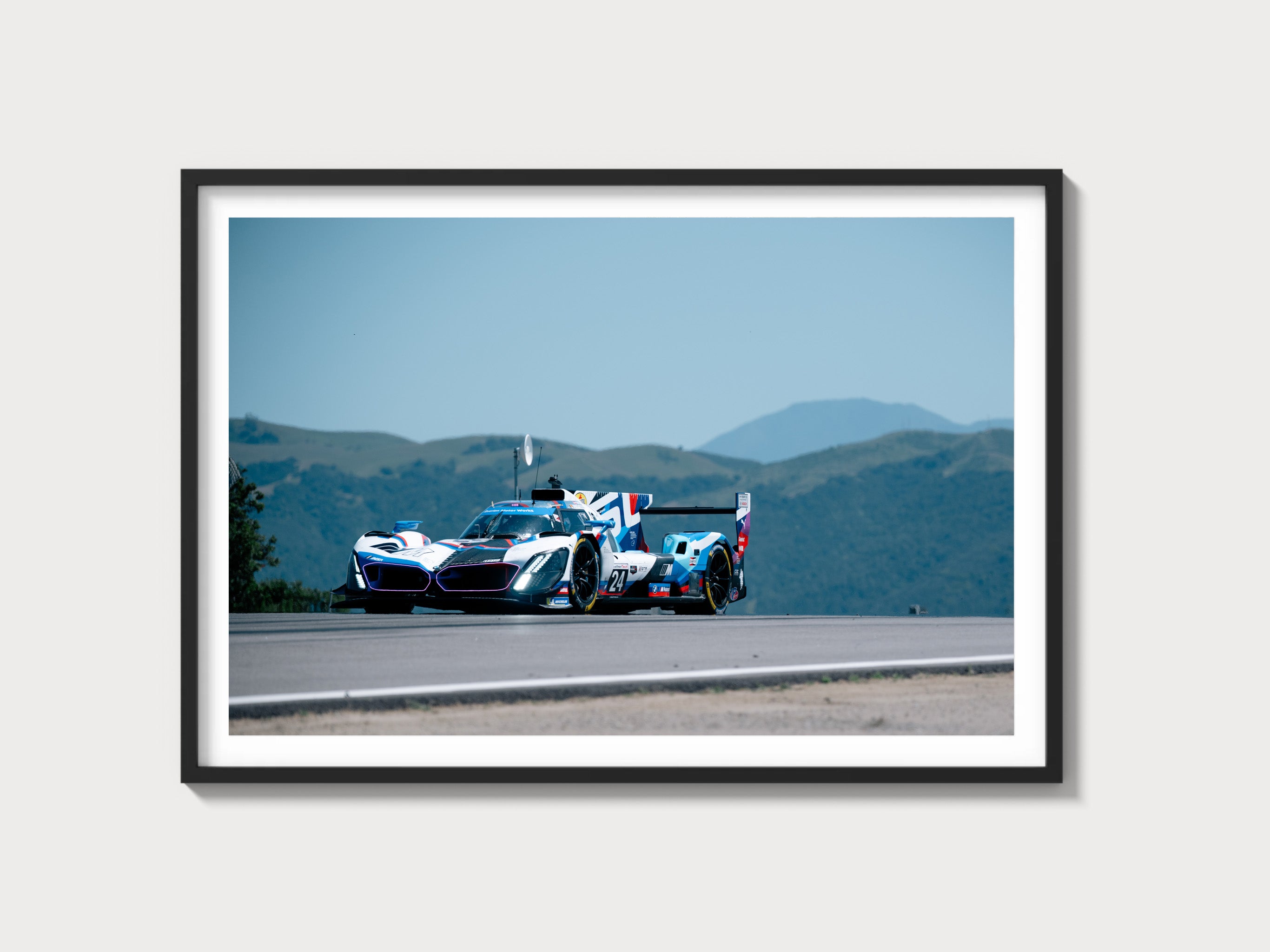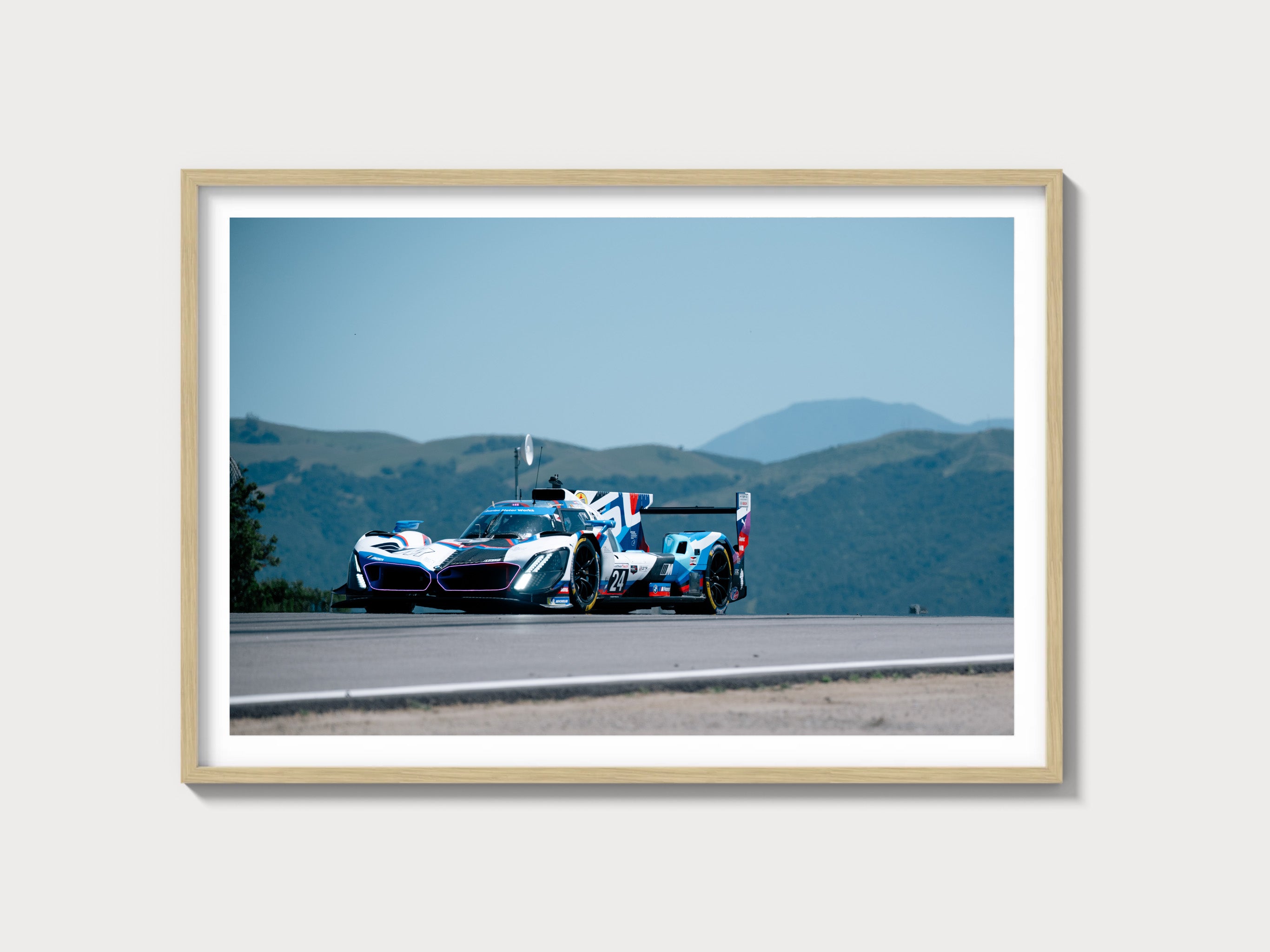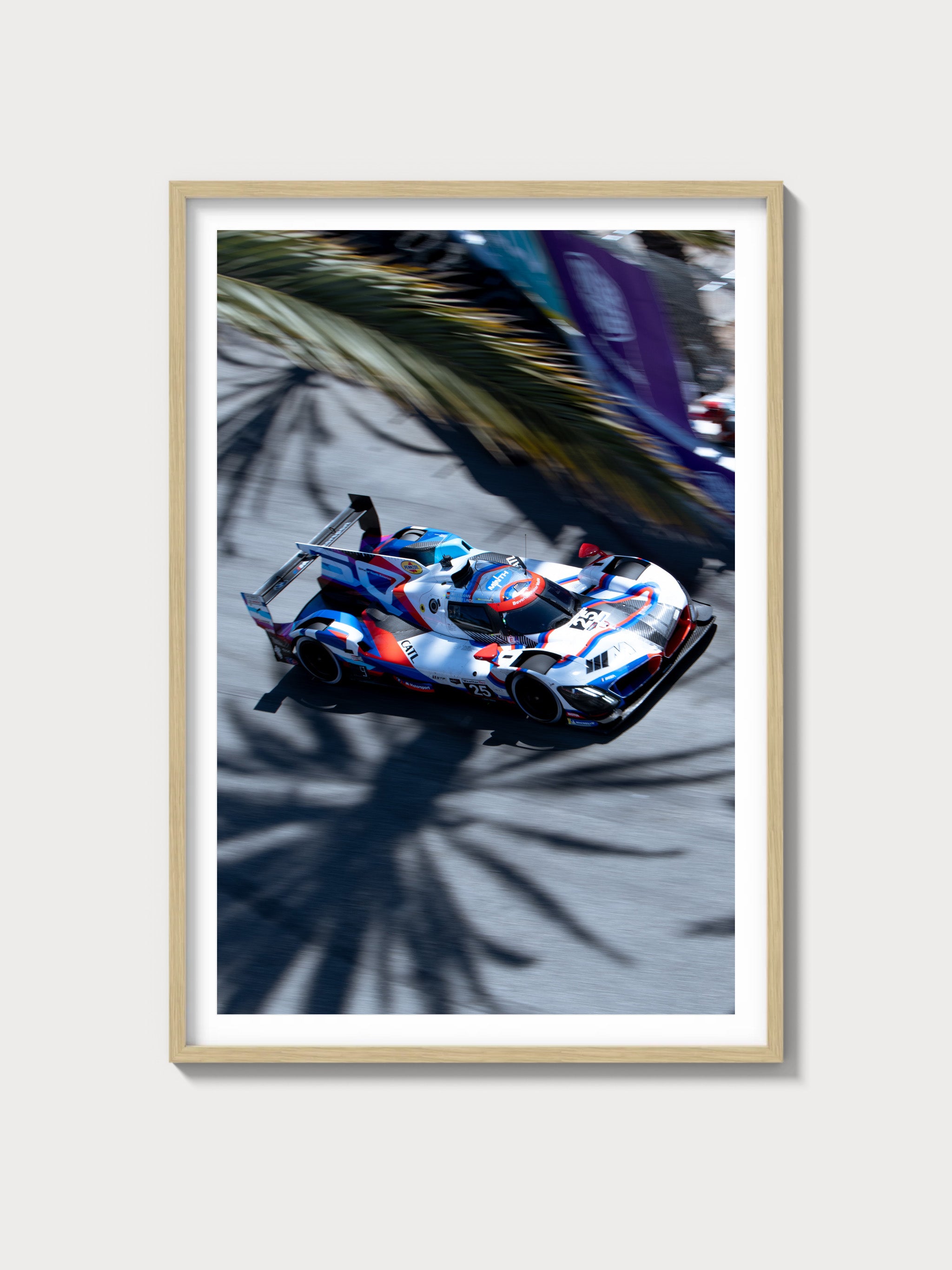Ferrari F430: The Definitive History, Specs, and Legacy
Introduction: Ferrari’s Iconic Mid-Engine Evolution
In the celebrated lineage of Ferrari’s road cars, the F430, introduced in 2004, stands as an iconic milestone—a mid-engine sports car that elevated performance and technology with a 4.3-liter V8. Crafted by Pininfarina, this model saw 17,500 units produced across its F430 (coupe), Spider (convertible), and Scuderia variants, succeeding the 360 Modena. Named with Ferrari’s traditional numbering, the F430 blended race-inspired dynamics, aerodynamic refinement, and visceral driving thrills, cementing its place in Ferrari’s mid-engine legacy.
The year 2004 was a dynamic period for Ferrari, its racing triumphs—599 GTB Fiorano, Enzo—complementing road car innovation under Luca di Montezemolo’s leadership. Unveiled at the 2004 Paris Motor Show, the F430 captivated with its sleek design and potent V8. This exhaustive history, penned with a Ferrari historian’s precision, explores its technical brilliance, its iconic styling, its racing legacy, and its enduring impact.
Historical Context: Ferrari’s Mid-Engine GT Leap
The Ferrari F430 emerged during a transformative era for Maranello. By 2004, Ferrari’s racing pedigree—612 Scaglietti’s luxury, Enzo’s F1 supremacy—had solidified its stature, yet the company sought to advance its mid-engine GT lineage beyond the 360 Modena’s 14,685-unit run (1999-2005). The 360 had modernized the formula with its 3.6L V8, but Ferrari aimed for a more powerful, technologically advanced successor. The F430, with its larger 4.3L V8, aluminum chassis, and F1-derived features, answered, targeting enthusiasts and collectors while rivaling the Lamborghini Gallardo and Porsche 911 Turbo.
A total of 17,500 units were built (2004-2009)—approximately 8,500 F430 coupes, 7,500 Spiders, and 1,500 Scuderias—reflecting robust demand. Chassis 136790, the prototype, debuted at Paris in September 2004, its sculpted form signaling evolution. This was a car for a global audience—European drivers, American buyers—its production balancing accessibility with Ferrari’s prestige amid Italy’s mid-2000s economic growth.
The broader context of 2004 shaped its purpose. The sports car market thrived—Aston Martin DB9, Maserati GranSport—while buyers demanded performance and versatility. The F430 bridged Ferrari’s racing heritage, rooted in the F355, with a modern mid-engine GT masterpiece.
Technical Specifications: The V8’s Race-Inspired Power
The Ferrari F430’s heart was its 4.3-liter V8—a new powerplant designed for exhilarating performance and refinement. Below, we dissect its engineering with historian’s detail.
Engine: The 4.3-Liter F136 V8
Displacing 4,308 cc (bore 92 mm, stroke 81 mm), the F430’s V8 was a mid-mounted, all-aluminum unit with a 90-degree V-angle, featuring four valves per cylinder (double overhead camshafts per bank), an 11.3:1 compression ratio, and Bosch Motronic ME7.1 fuel injection. It produced 490 horsepower at 8,500 rpm (European spec) or 483 hp at 8,500 rpm (US spec)—a 90 hp gain over the 360 Modena’s 400 hp. Weighing 310 lbs, it delivered 343 lb-ft of torque at 5,250 rpm.
This engine was a mid-engine standout. Chassis 139876, a 2005 F430, showcased its high-revving potency, blending race-inspired power with road usability.
Performance: Exhilarating Sports Car Speed
The F430 reached 196 mph (315 km/h), Spider 193 mph (310 km/h)—verified by Autocar’s 2005 test—outpacing the 360 Modena’s 189 mph, with 0-60 mph times of ~4.2 seconds (F430) and ~4.3 seconds (Spider). Its power-to-weight ratio (338 hp/ton European, 333 hp/ton US) surpassed the 360 Modena (288 hp/ton), offering a thrilling sports car experience.
Chassis and Suspension: Mid-Engine Precision
The chassis was an aluminum spaceframe, weighing 1,450 kg (3,197 lbs) for F430 and 1,520 kg (3,351 lbs) for Spider—slightly heavier than the 360 Modena due to added features. Its 2,600 mm wheelbase matched its predecessor, with fully independent suspension—double wishbones with coil springs and electronically adjustable dampers (E-Diff)—delivering razor-sharp handling and a refined ride.
Transmission and Brakes: F1-Derived Control
A 6-speed manual gearbox—transverse-mounted—drove the rear wheels, its ratios (1st: 2.73, 6th: 0.79) favoring performance, with an optional F1-style paddle-shift (60-ms shifts). Braking relied on 14-inch ventilated disc brakes with ABS, delivering 1.1g deceleration—robust for its class.
| Specification | Details |
|---|---|
| Engine | 4.3L V8, 490 hp @ 8,500 rpm (483 hp US) |
| Displacement | 4,308 cc (92 mm x 81 mm) |
| Top Speed | ~196 mph (F430) / 193 mph (Spider) |
| 0-60 mph | ~4.2 sec (F430) / 4.3 sec (Spider) |
| Weight | 1,450 kg (F430) / 1,520 kg (Spider) |
| Transmission | 6-speed manual (later F1 paddle-shift) |
| Suspension (Front) | Double wishbone, coil springs, adjustable dampers |
| Suspension (Rear) | Double wishbone, coil springs, adjustable dampers |
| Brakes | Ventilated discs, 14-inch, ABS |
Design and Styling: Pininfarina’s Timeless Refinement
The Ferrari F430’s aesthetic was a Pininfarina masterpiece, refining the mid-engine GT form.
Exterior: Sculpted Sports Car Beauty
Pininfarina built all 17,500 units—chassis 136790 (F430) featured a sharper nose, Enzo-inspired intakes, and a glass engine cover, finished in Rosso Corsa, with Spider variants adding a folding soft top. Its 2,600 mm wheelbase and aluminum body offered a sculpted, aerodynamic profile, with sleek lines enhancing its timeless appeal.
Interior: Refined Sports Car Cockpit
The cabin was a driver’s haven: leather bucket seats (black or tan), a gated shifter (or paddles), and Veglia gauges—tachometer (10,000 rpm redline), speedometer, oil pressure. Chassis 139876’s interior, with upgrades over the 360 Modena, balanced sportiness with comfort, contrasting the Enzo’s raw focus.
Production and Variants: A Mid-Engine Triumph
The Ferrari F430’s 17,500-unit run (2004-2009) included ~8,500 F430 coupes, ~7,500 Spiders, and ~1,500 Scuderias (2007), with specials like the Scuderia Spider 16M (499 units, 2008). Chassis 136790 launched the series, while 152789 closed it, transitioning to the 458 Italia. Its focus remained road excellence, with Scuderia variants excelling on the track.
Performance and Racing Legacy: A Dual-Purpose Icon
The Ferrari F430 racing history thrived with the F430 Challenge and GT variants, competing in Ferrari Challenge and GT racing, with wins at Le Mans (2007, 2008). Chassis 141543 (F430 Challenge) exemplified its track prowess. On the road—Autostrada, Mulholland Drive—its 196 mph top speed and agile handling shone.
Ownership and Market Value: A Modern Classic
The Ferrari F430 value reflects its iconic status. Early owners included European racers and U.S. enthusiasts. Today, prices range $100,000-$150,000—chassis 136790 sold for $135,000 at RM Sotheby’s 2023. Restoration costs—V8 rebuilds at $90,000—highlight its enduring appeal.
Cultural Impact: Ferrari’s Mid-Engine Milestone
The F430 elevated Ferrari’s mid-engine GT lineage, its V8 and race-derived tech influencing the 458 Italia. In 2000s lore, it’s the car of exhilarating performance and timeless design, a milestone in Ferrari’s sports car heritage.
Comparisons: Ferrari F430 vs Rivals
The Ferrari F430 vs Lamborghini Gallardo pits 490 hp V8 against 500 hp V10—Ferrari led in refinement, Gallardo in aggression. The Porsche 911 Turbo (480 hp) matched in speed but trailed in style.
| Model | Engine | Power | Weight | Top Speed |
|---|---|---|---|---|
| Ferrari F430 | 4.3L V8 | 490 hp | 1,450-1,520 kg | ~196/193 mph |
| Lamborghini Gallardo | 5.0L V10 | 500 hp | 1,430 kg | ~192 mph |
| Porsche 911 Turbo | 3.6L Flat-6 Turbo | 480 hp | 1,585 kg | ~193 mph |
Frequently Asked Questions
What was the Ferrari F430?
A 2004 4.3L V8 mid-engine sports car.
How many were made?
~17,500 units (~8,500 F430, ~7,500 Spider, ~1,500 Scuderia).
What engine powered it?
4,308 cc V8, 490 hp (483 hp US).
Did it race?
Yes—Challenge and GT variants excelled.
What’s its value?
$100,000-$150,000.

